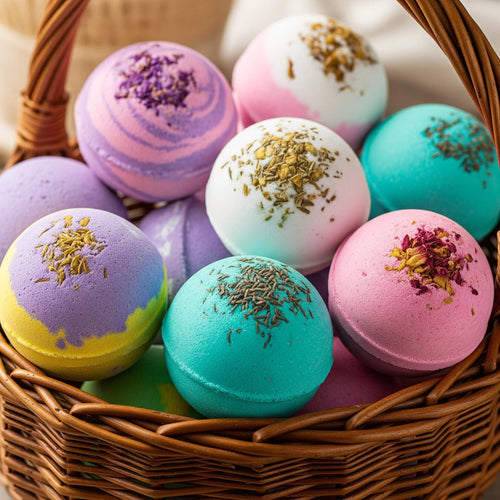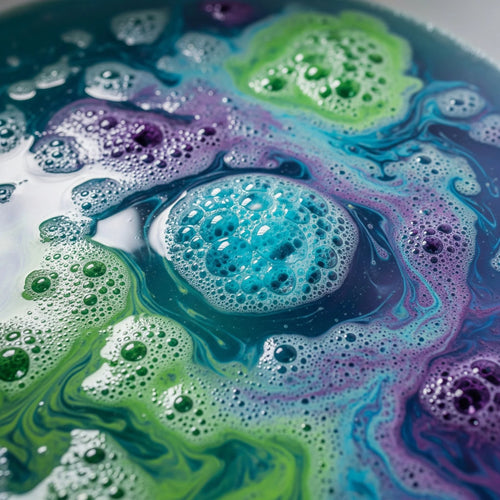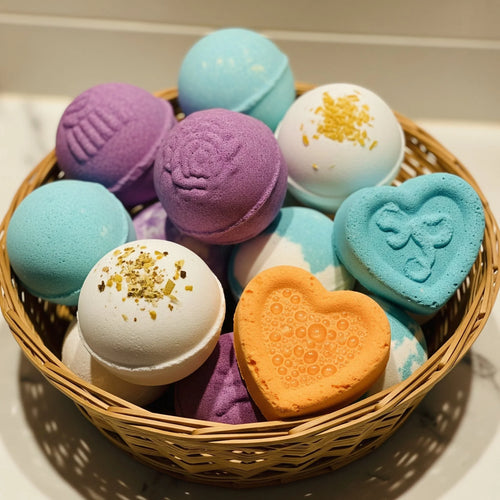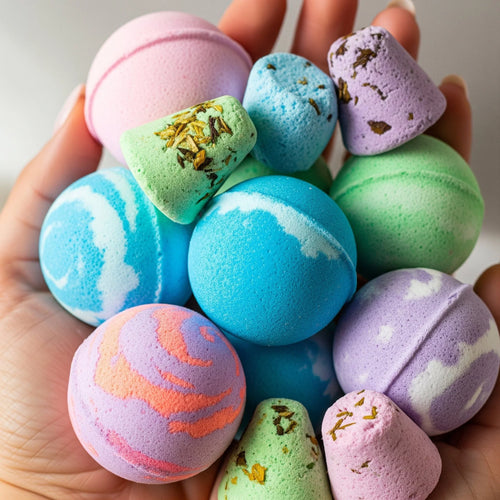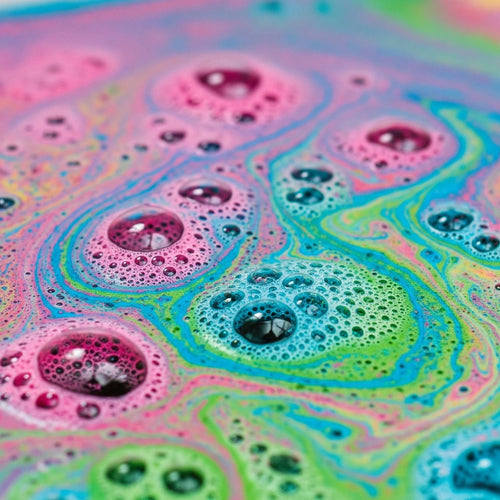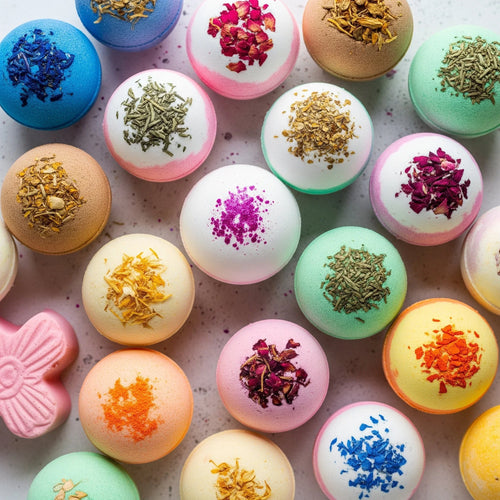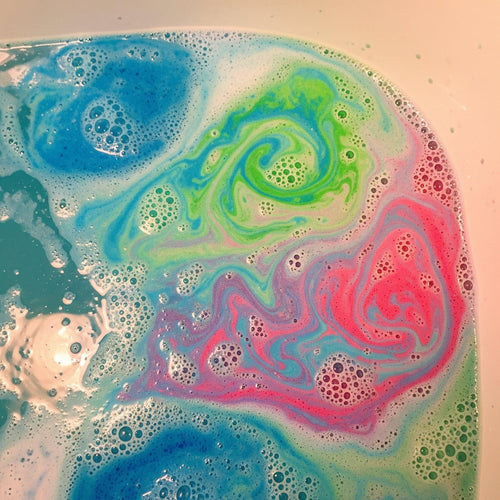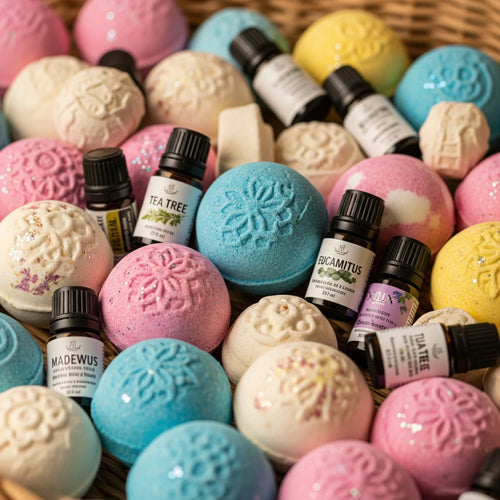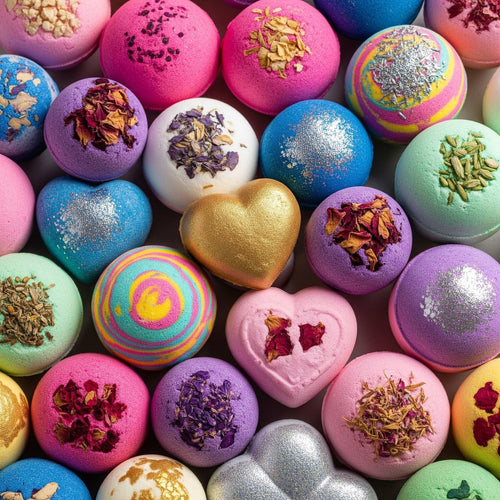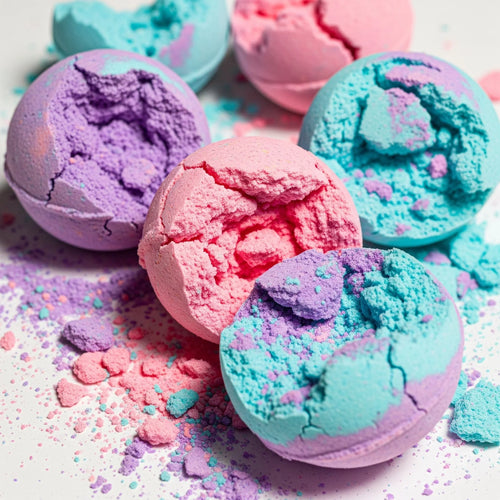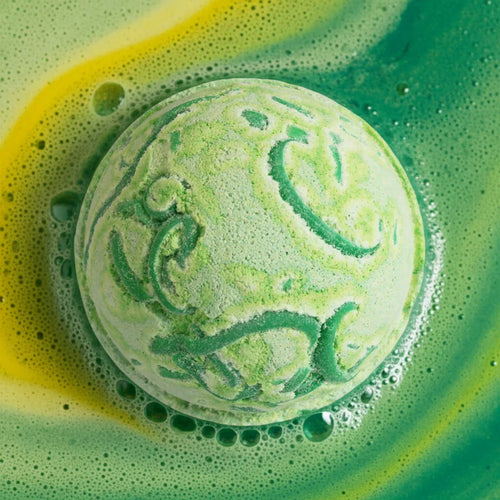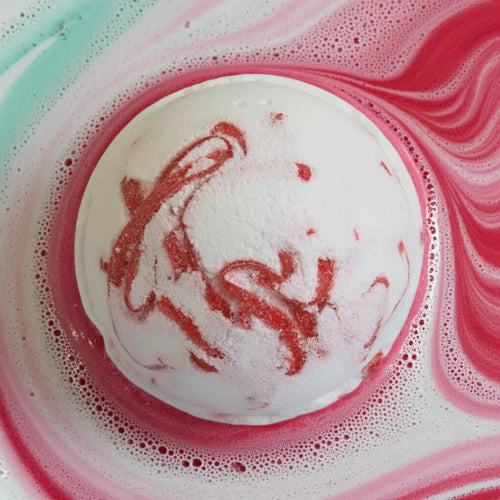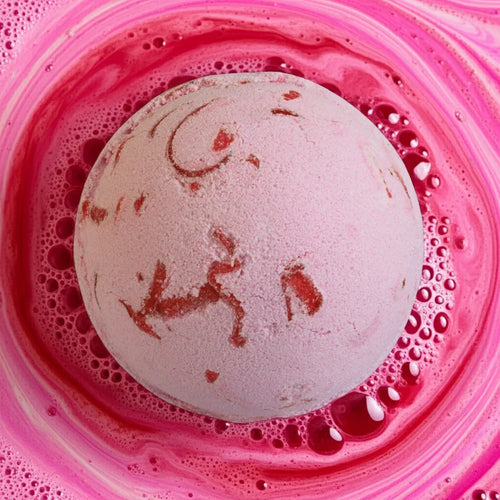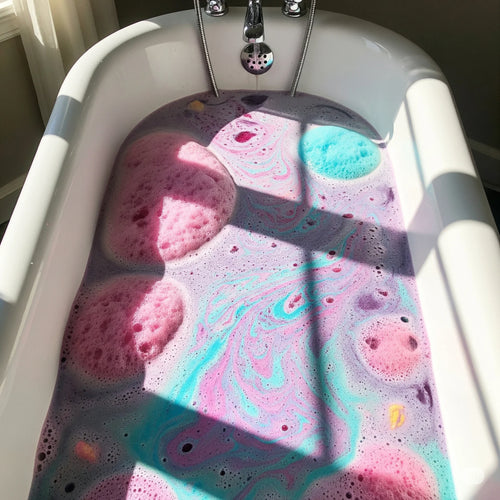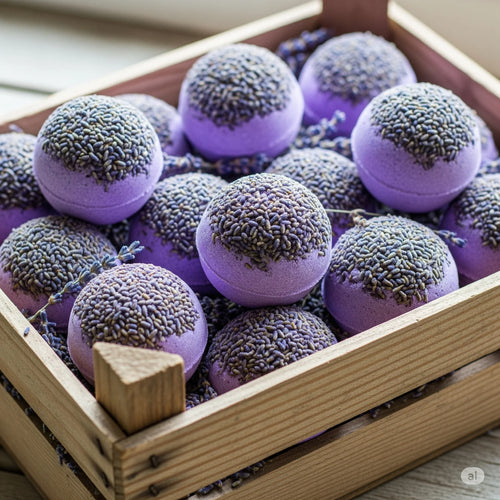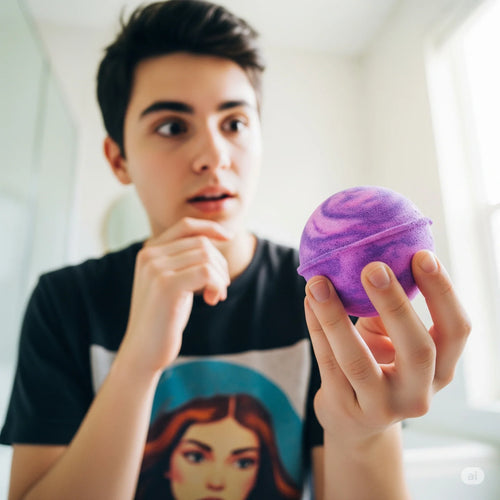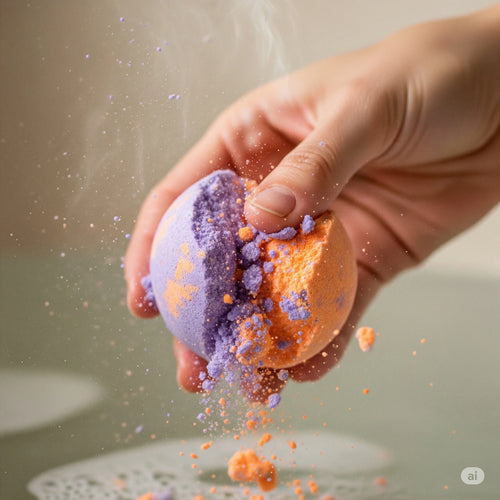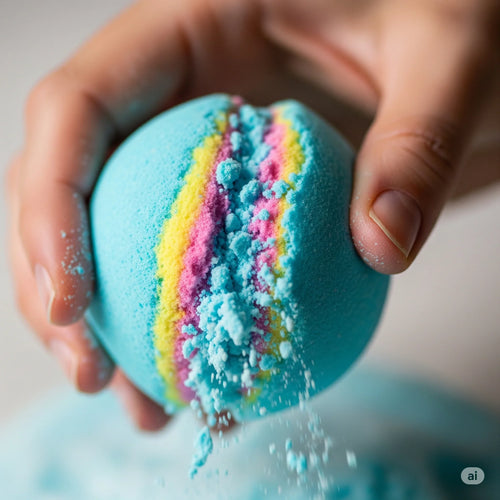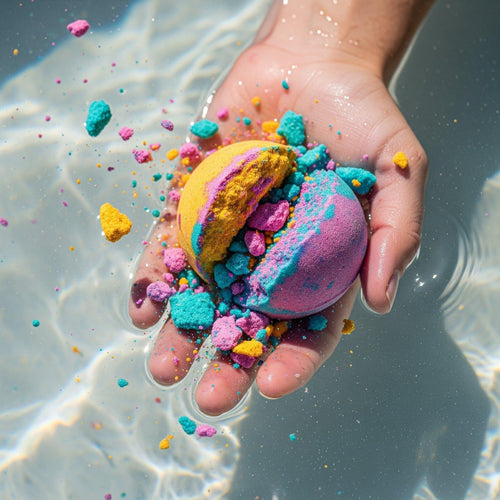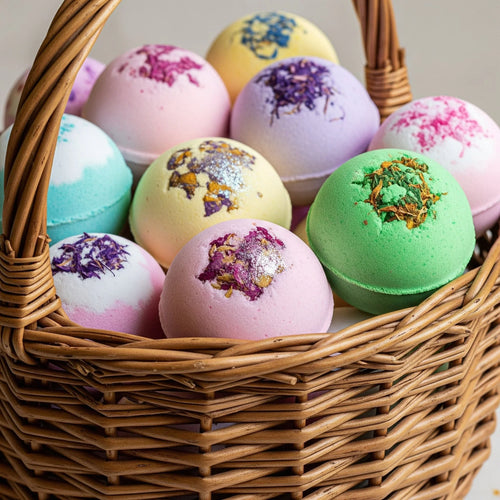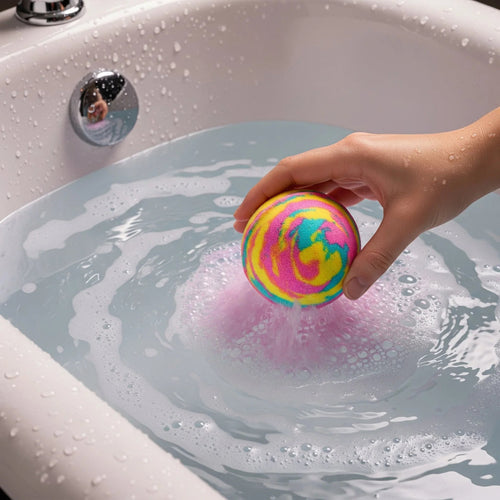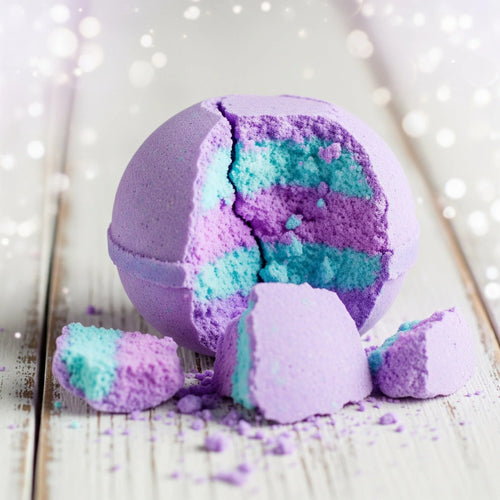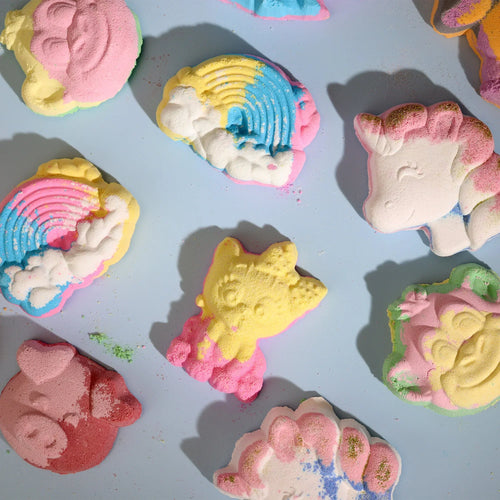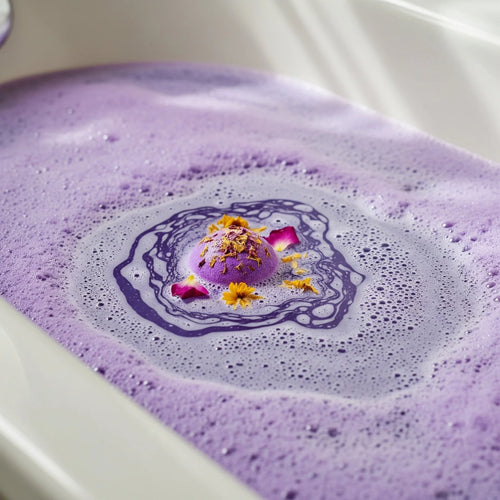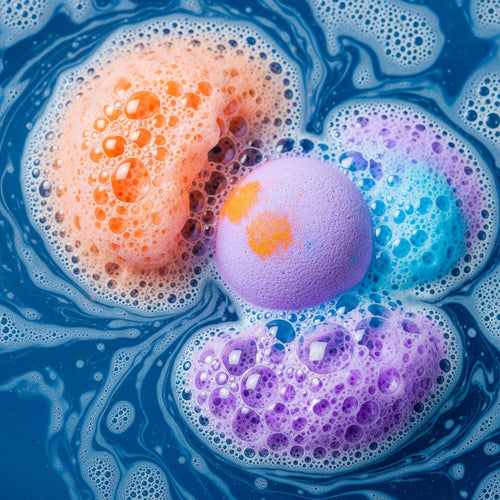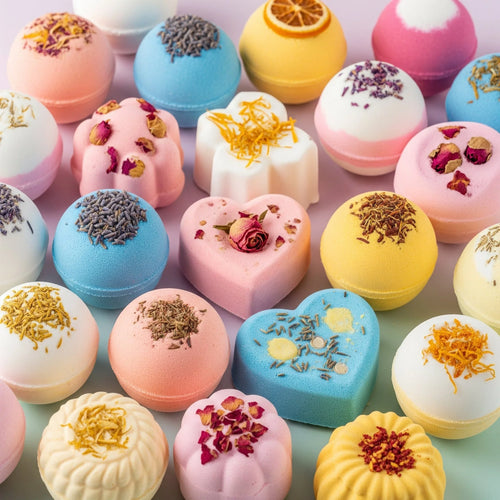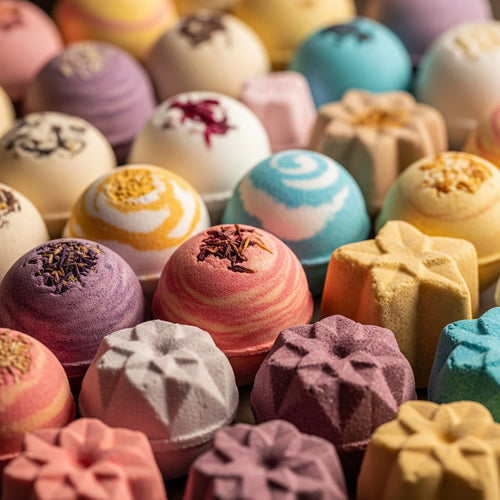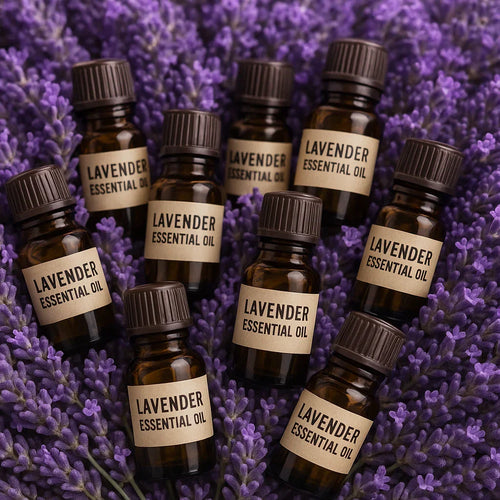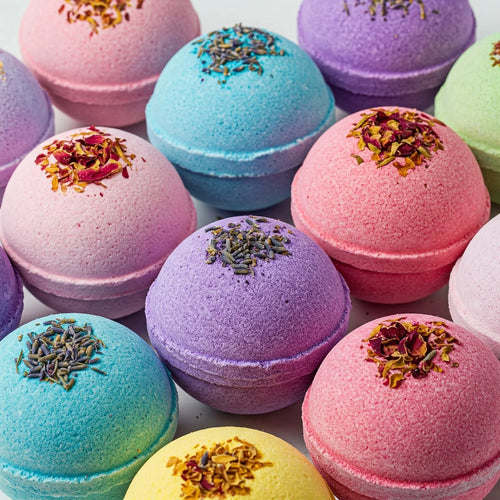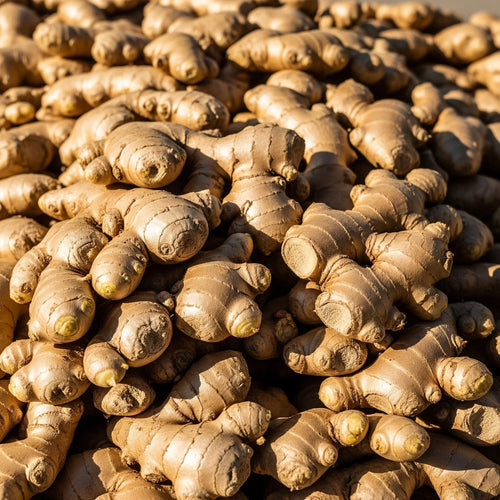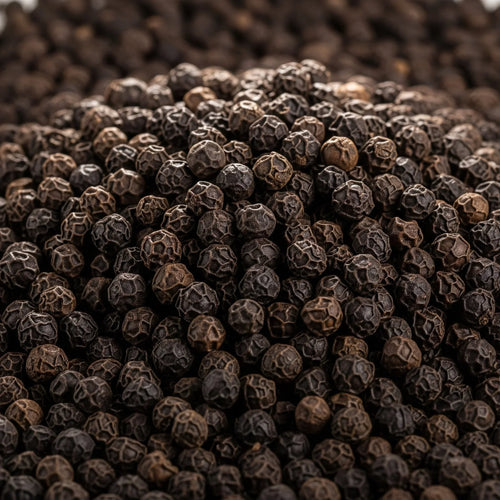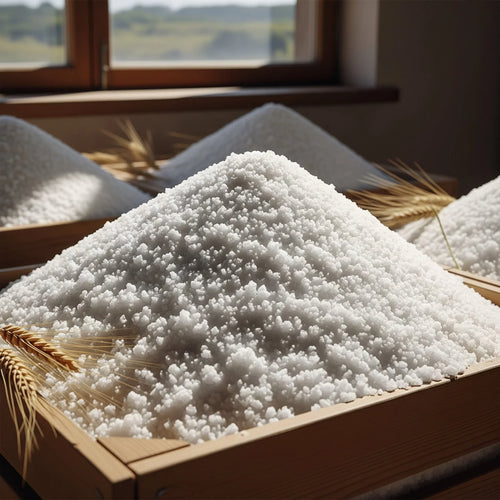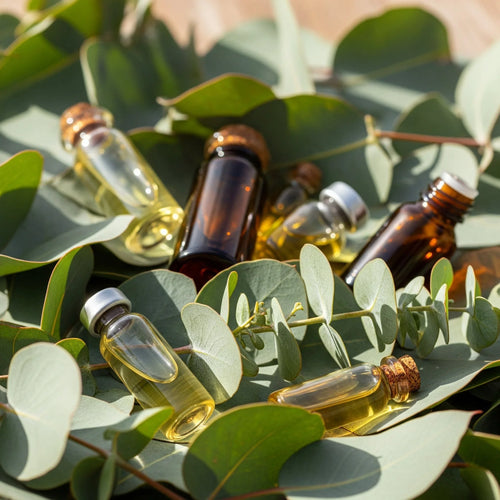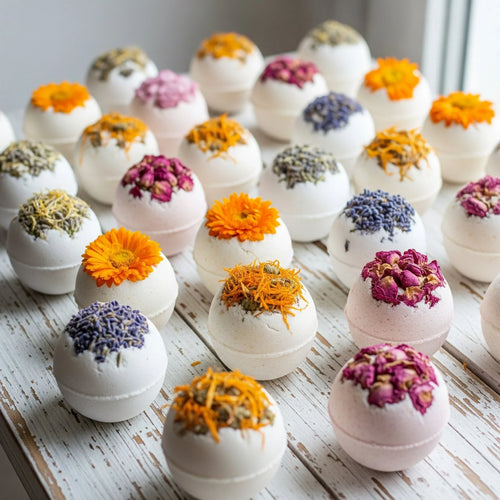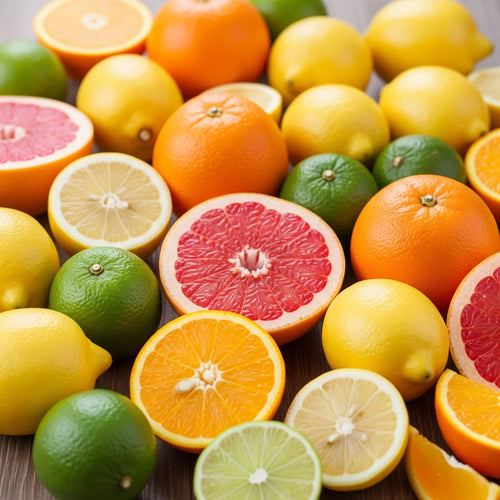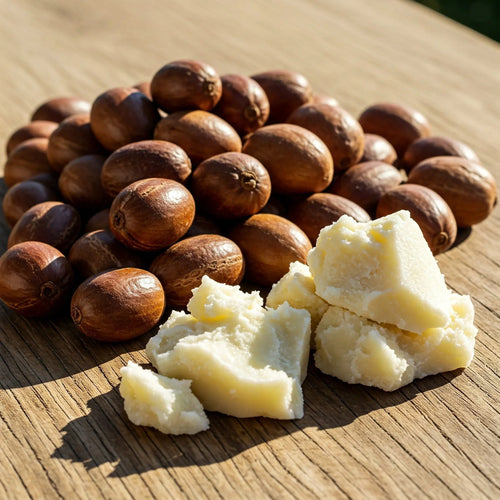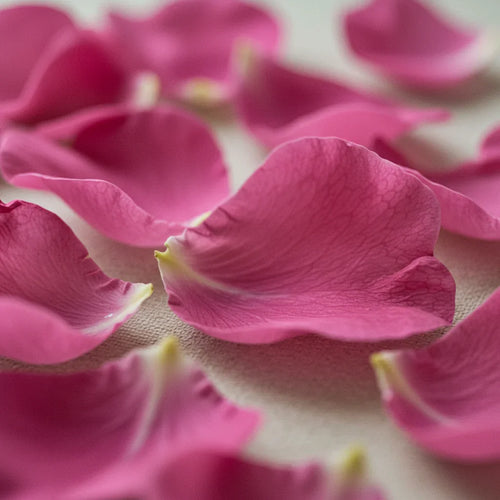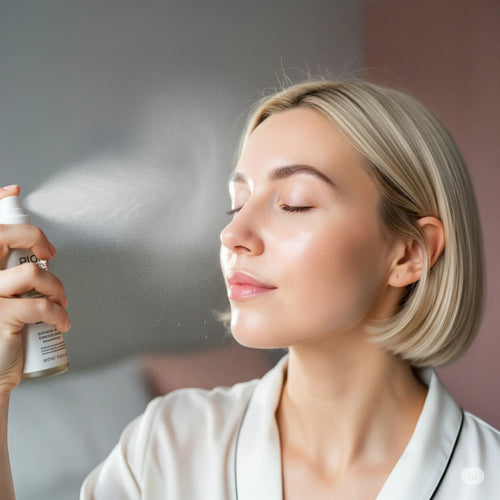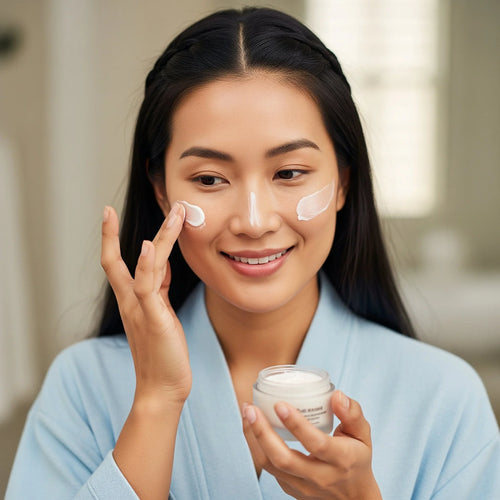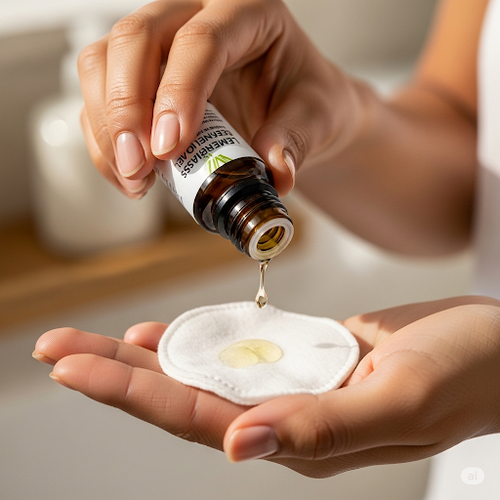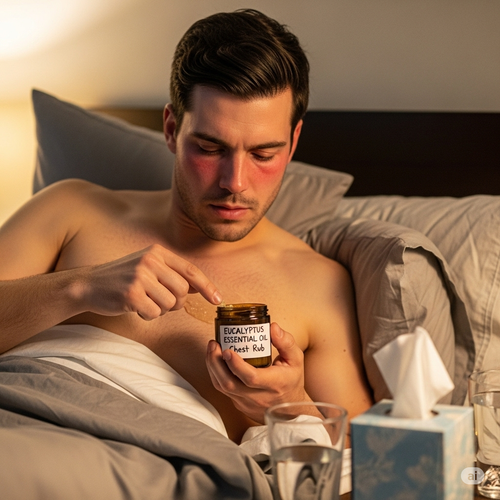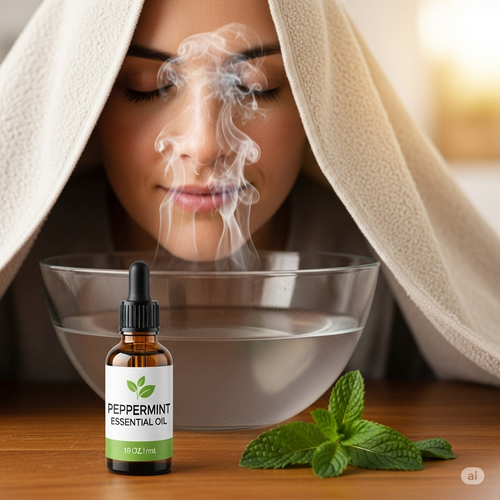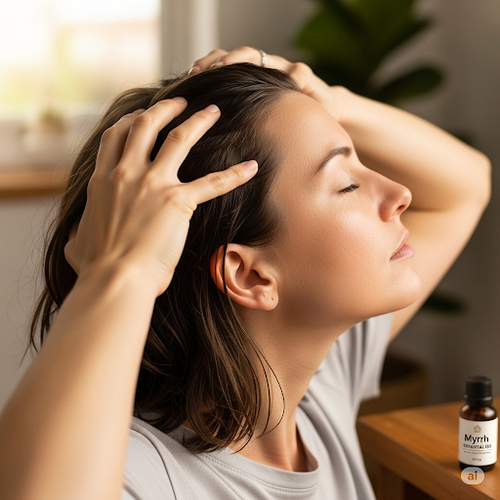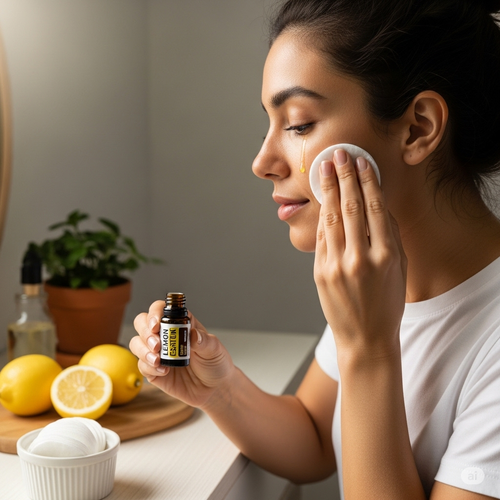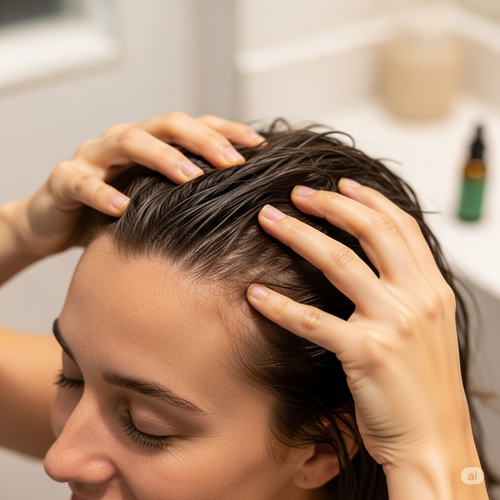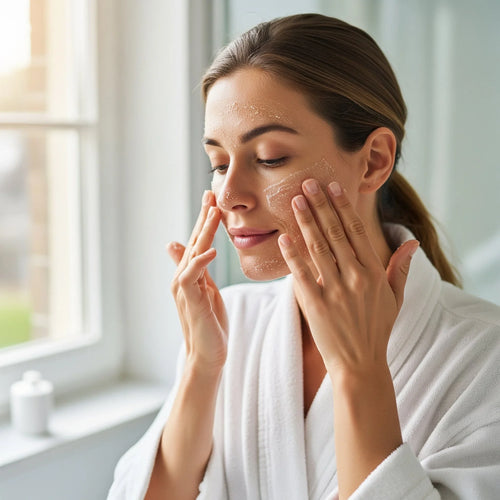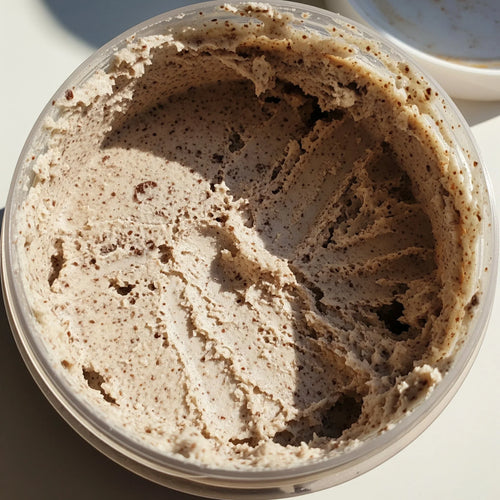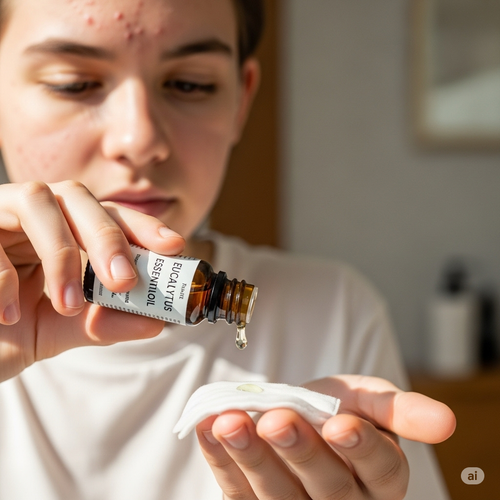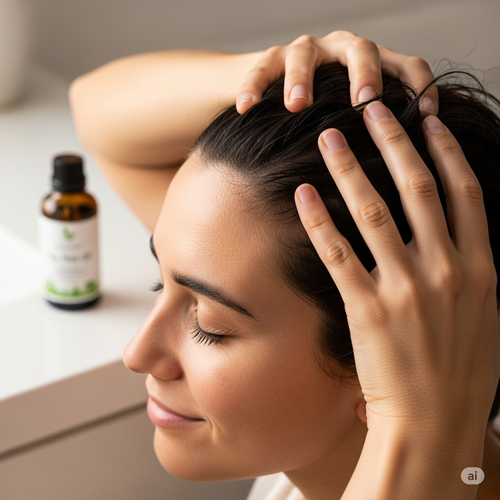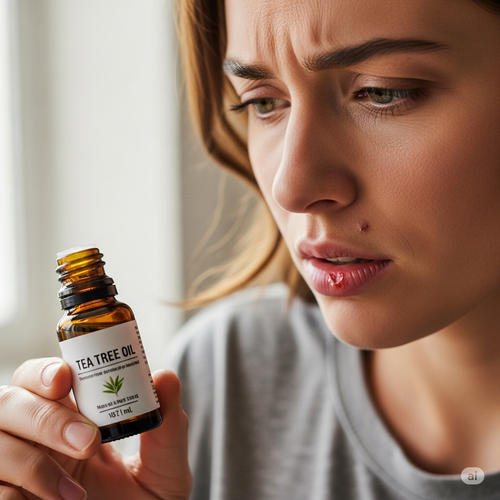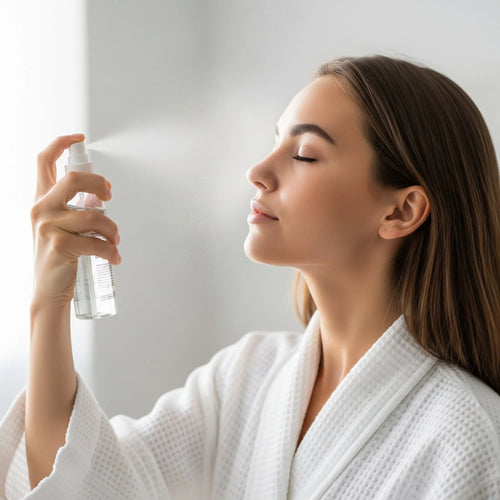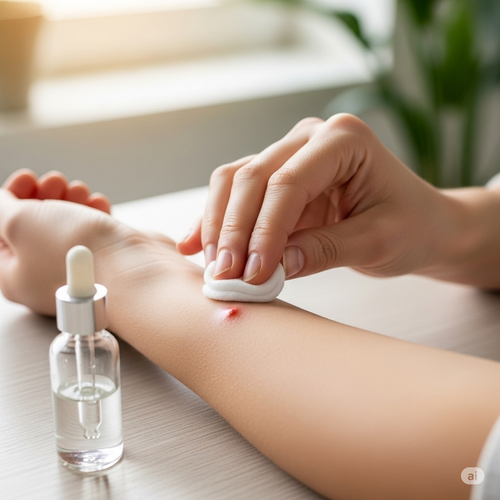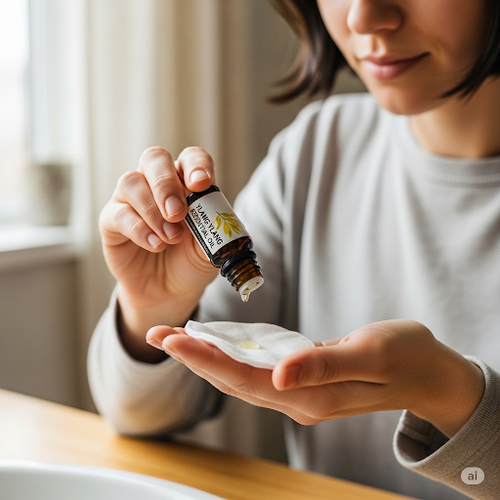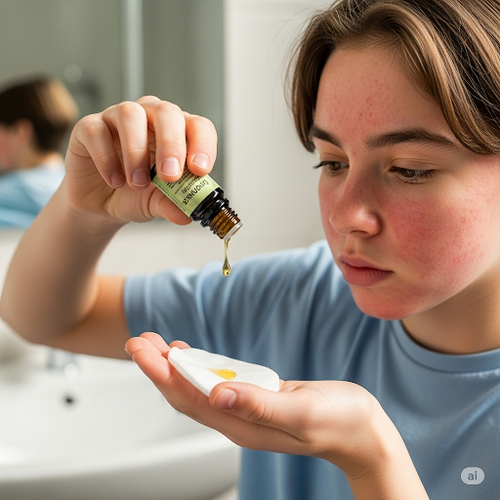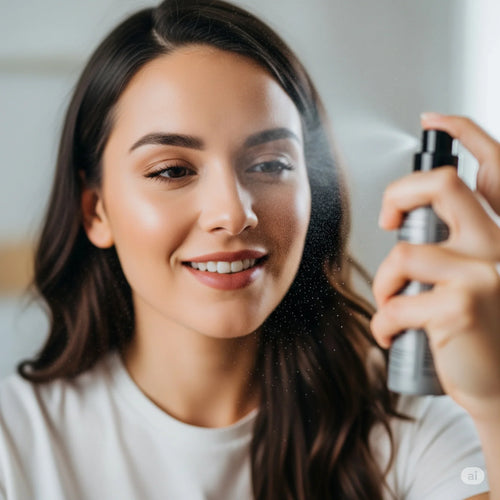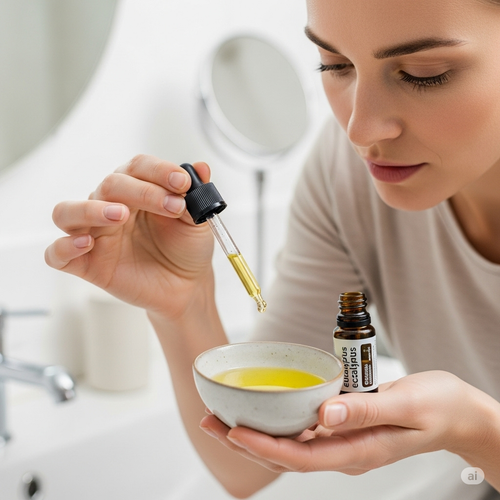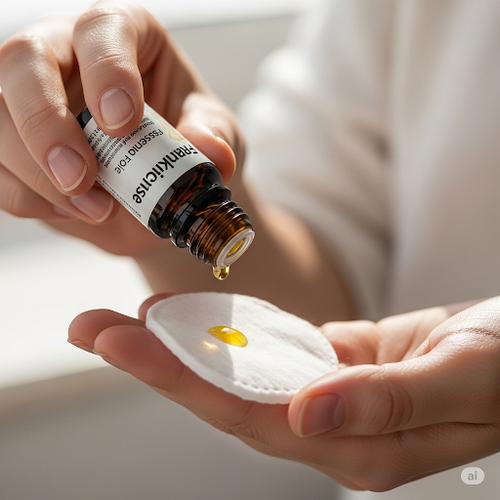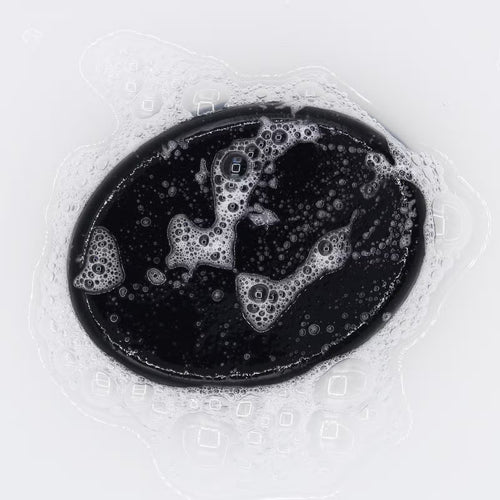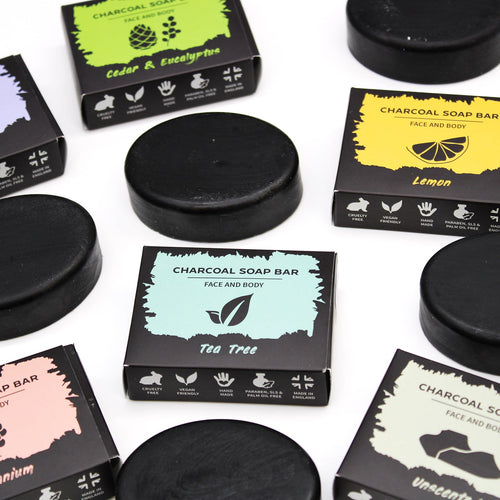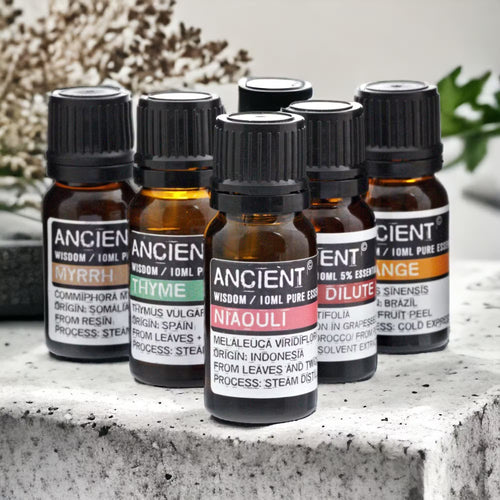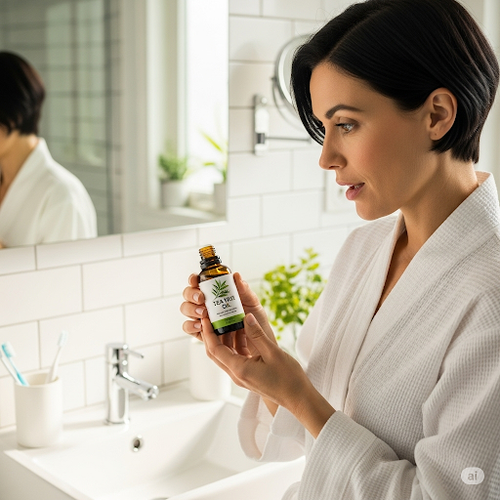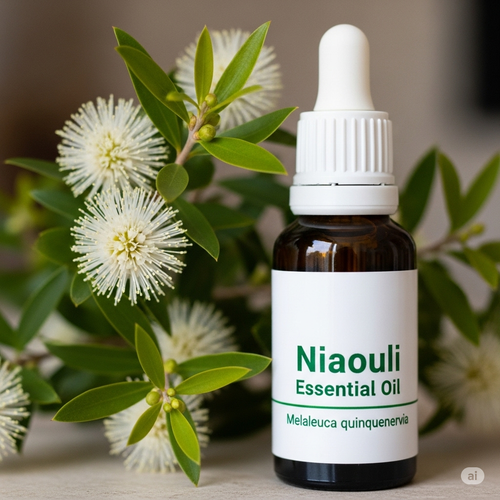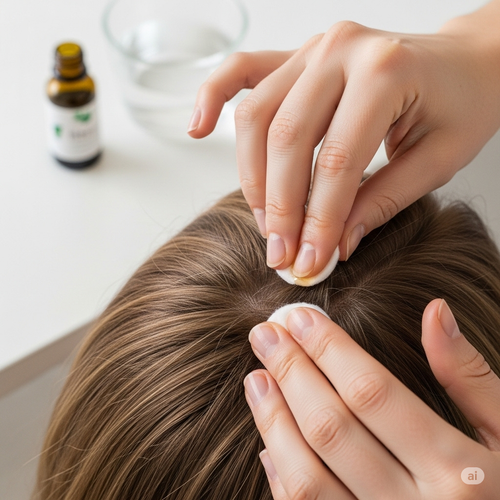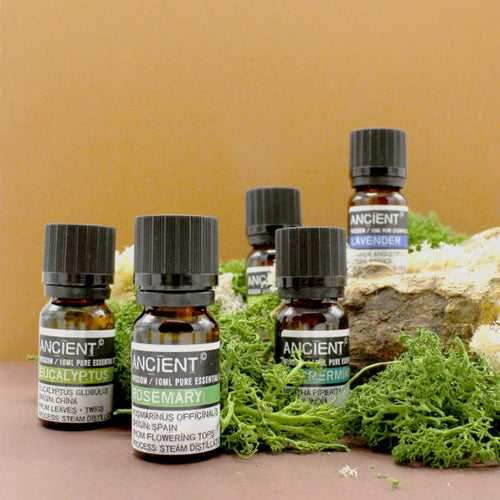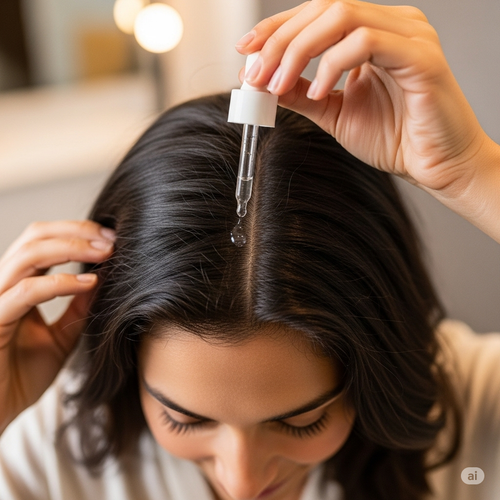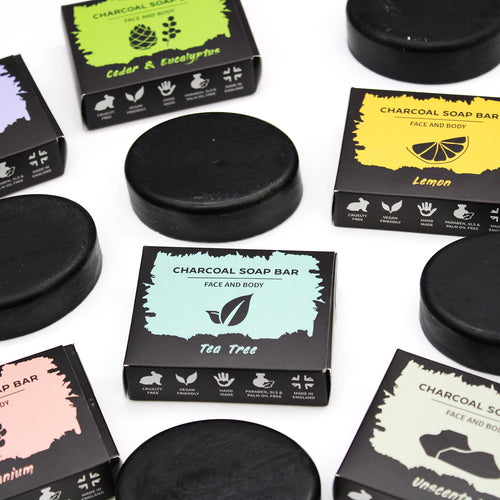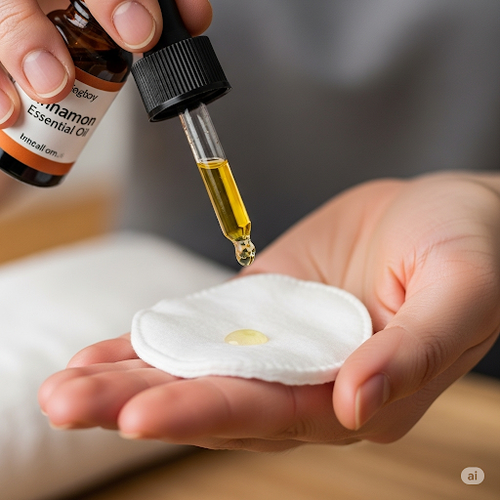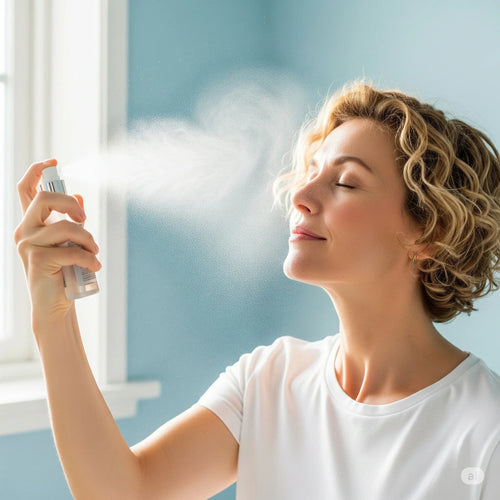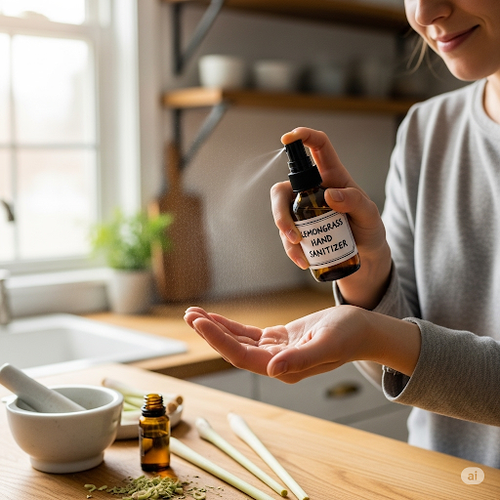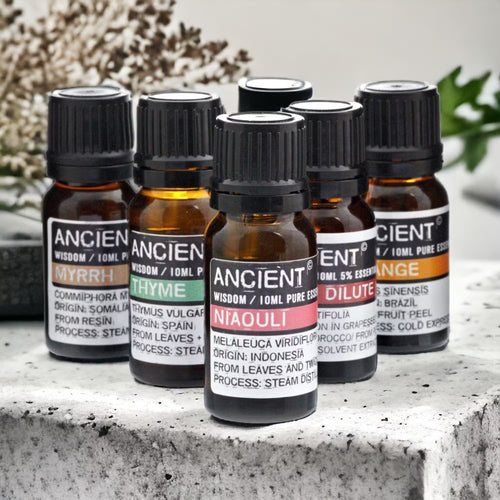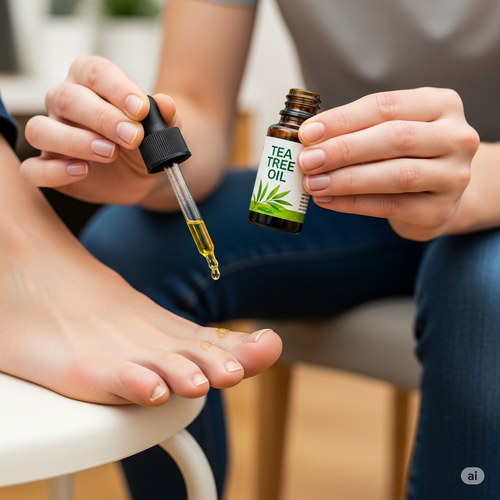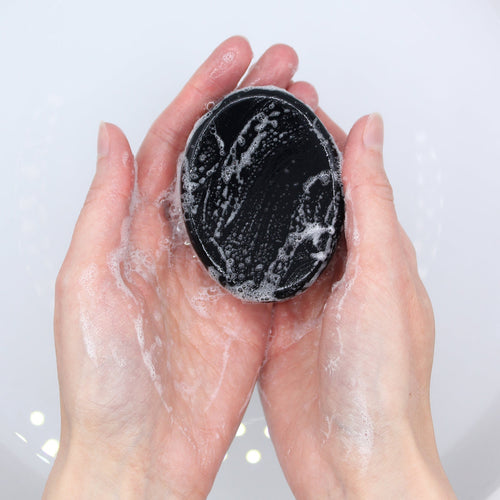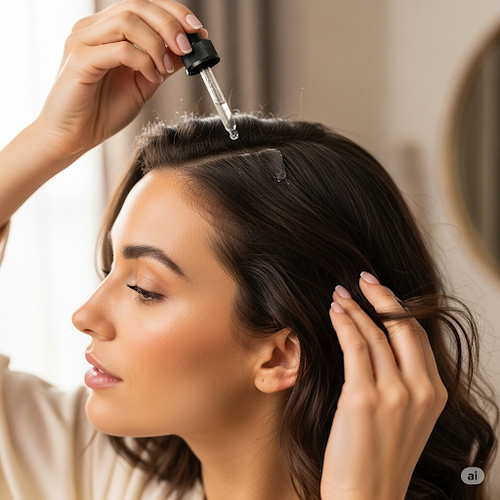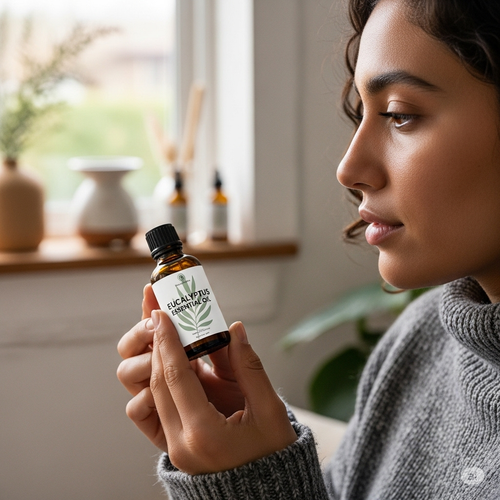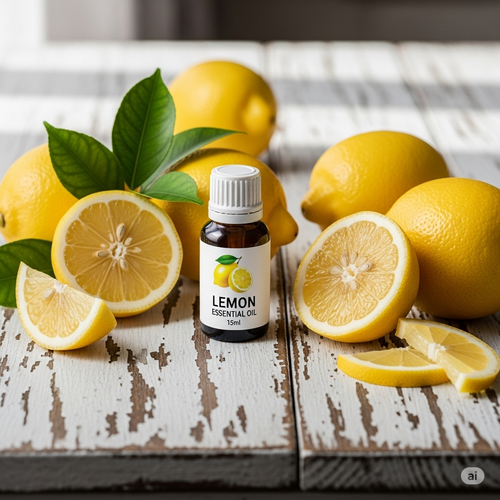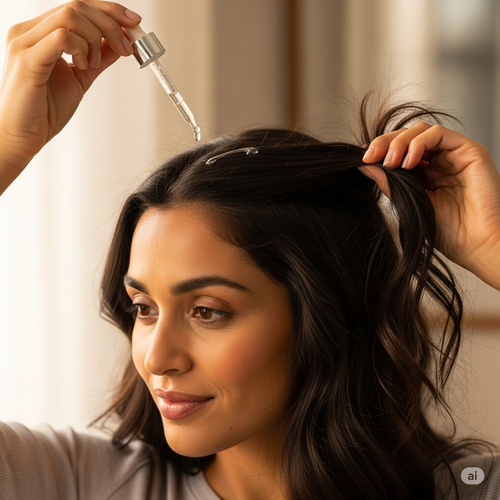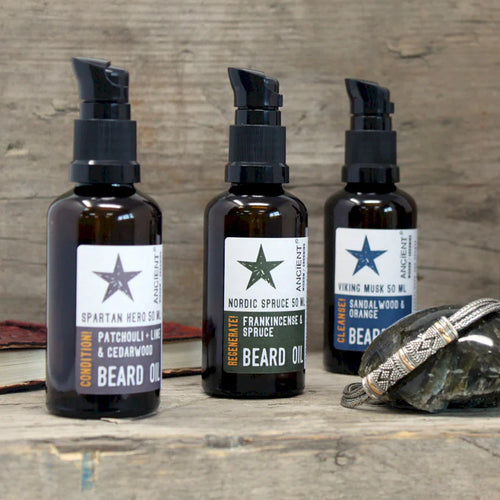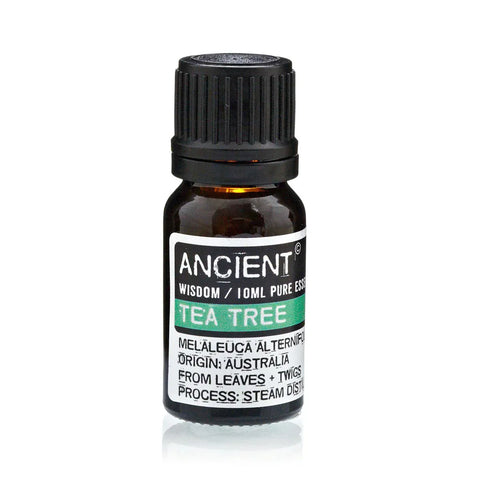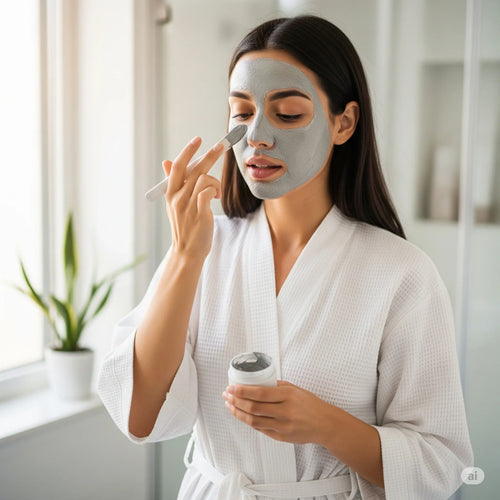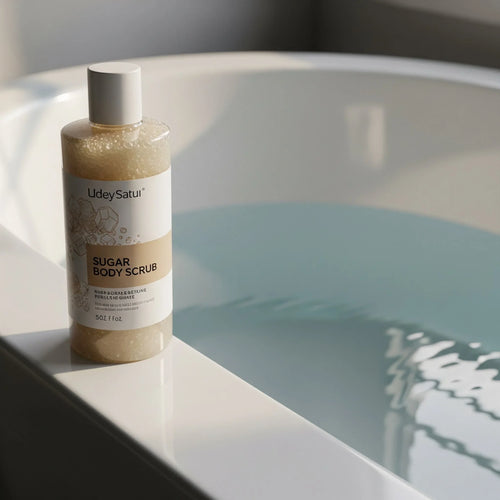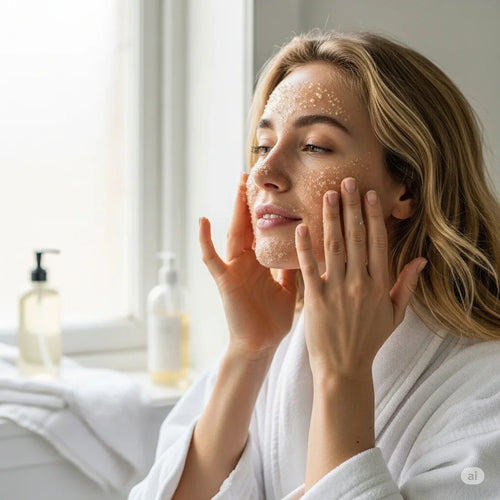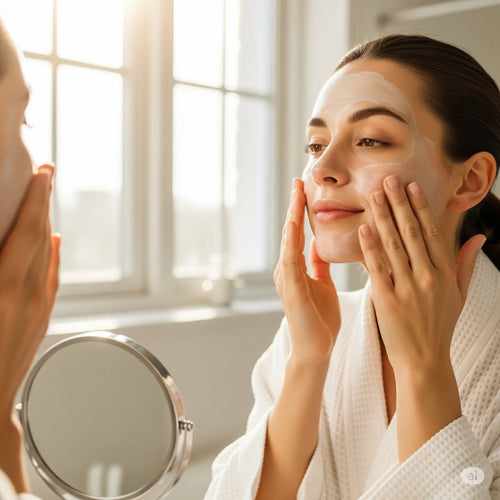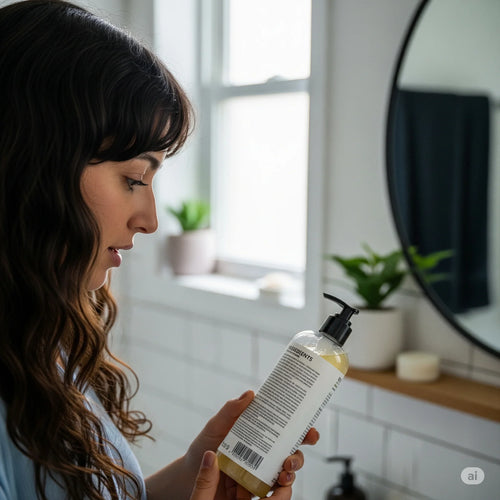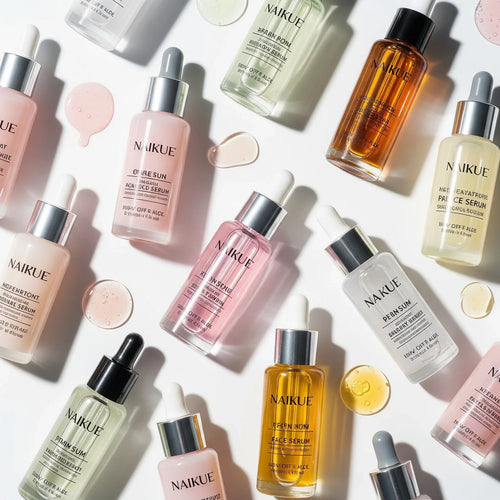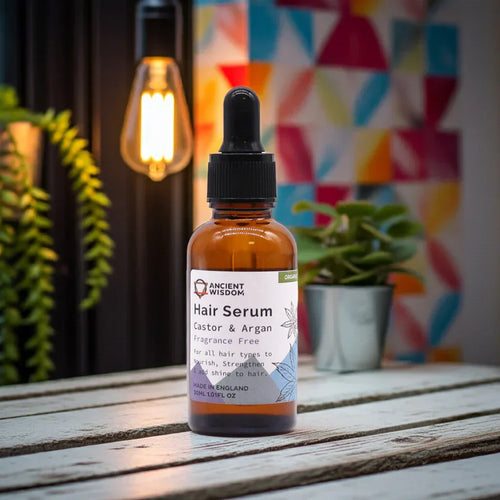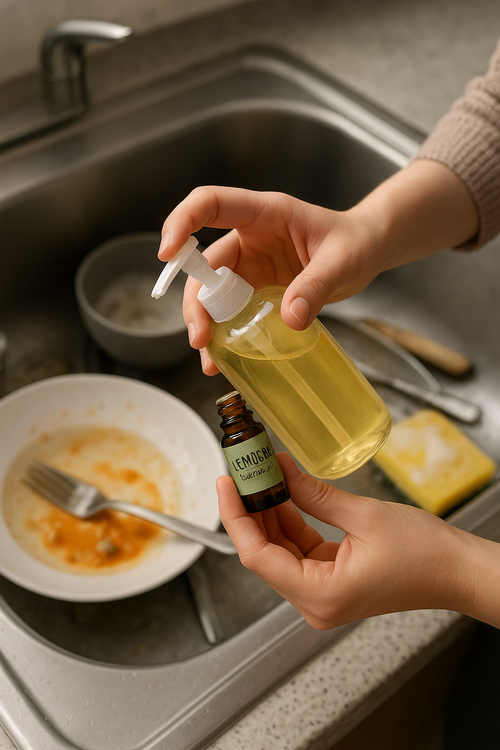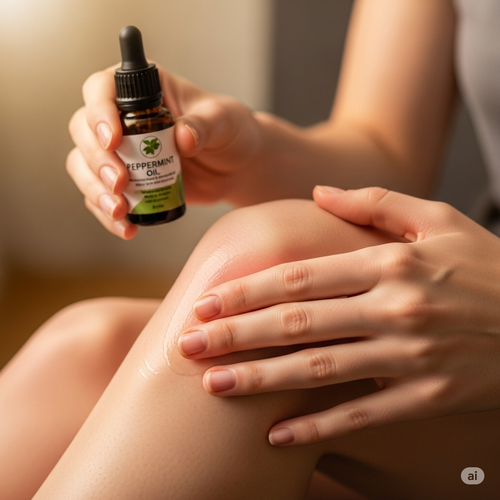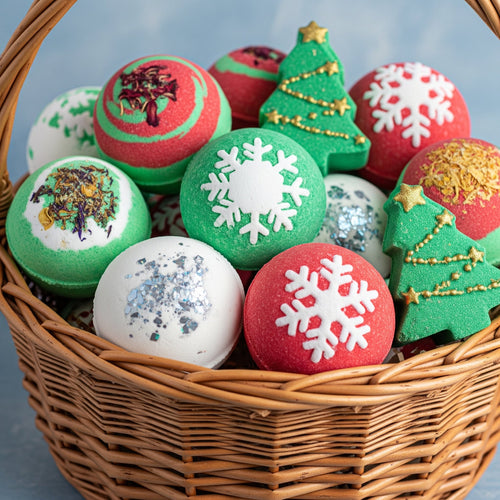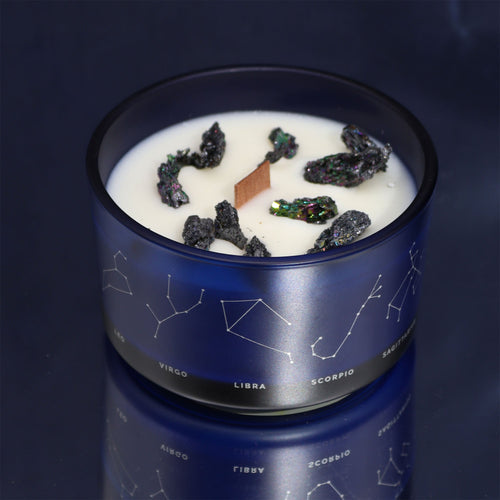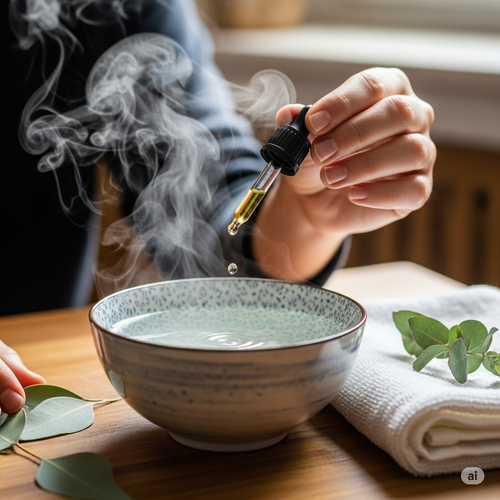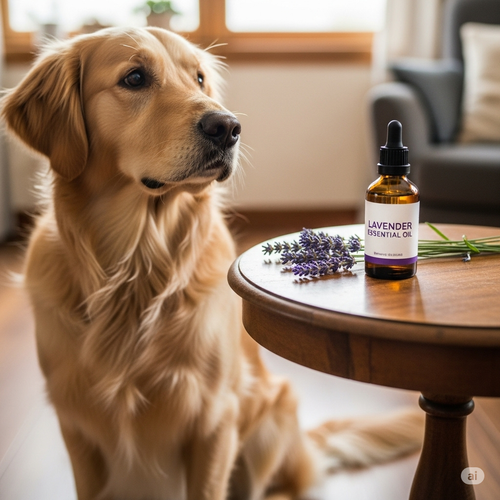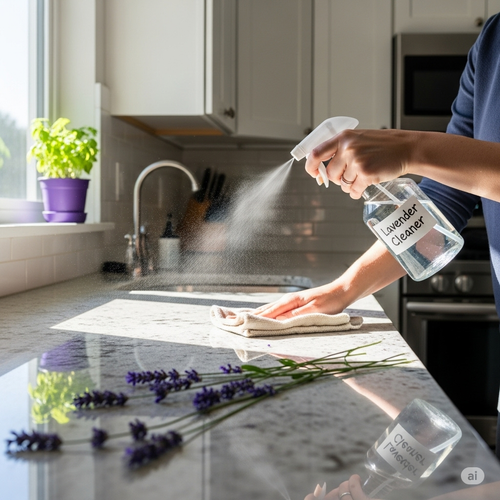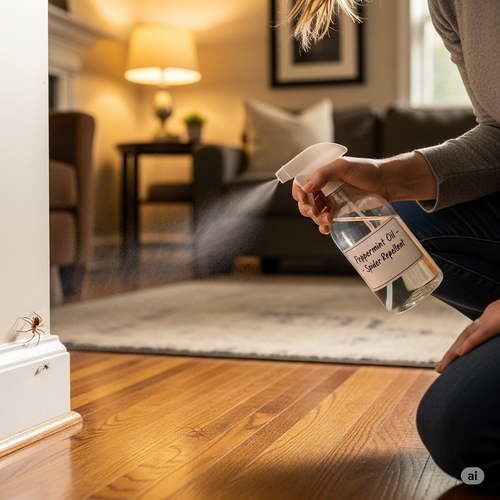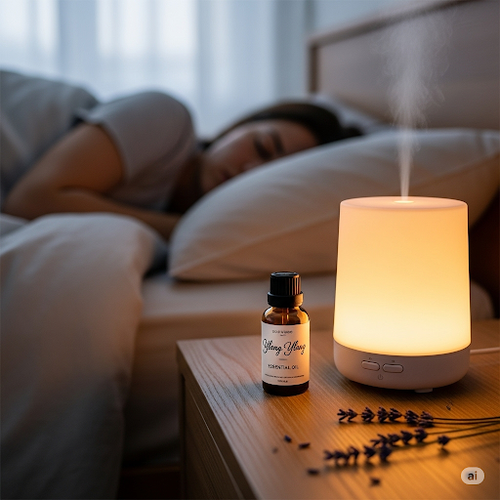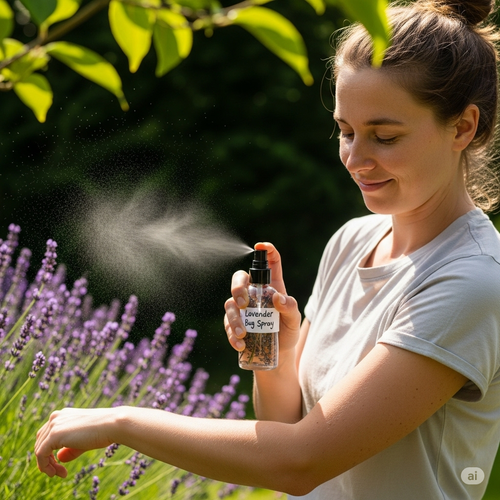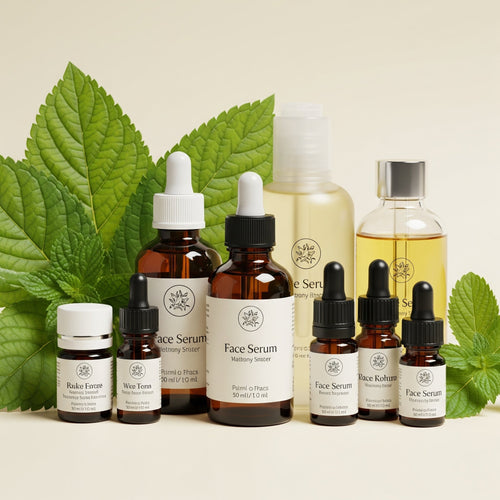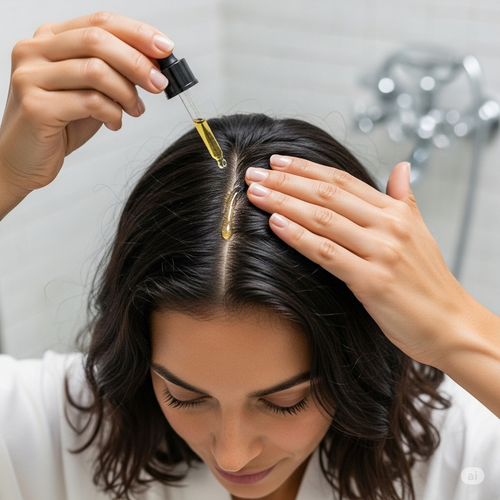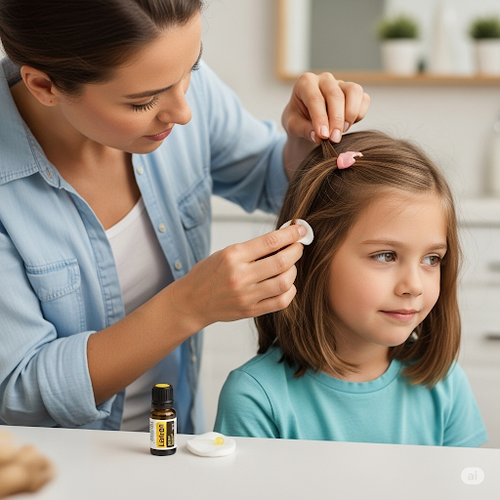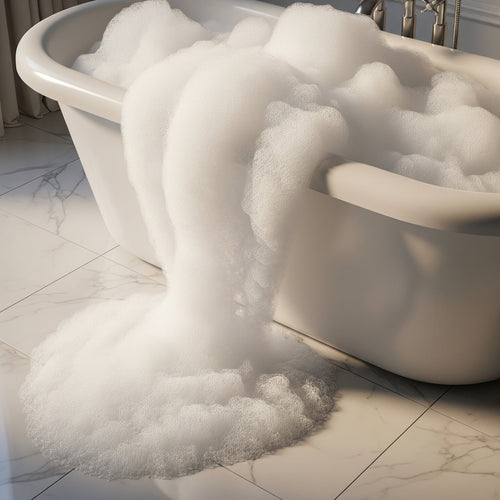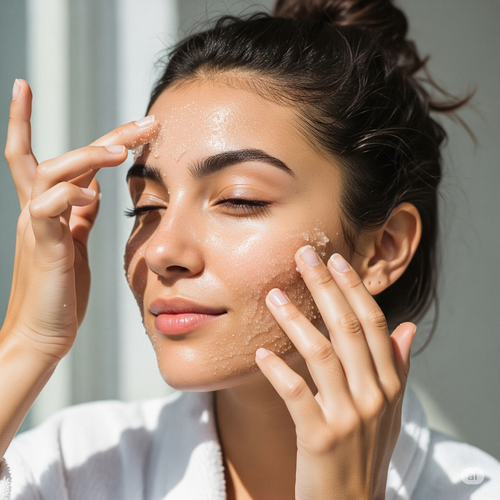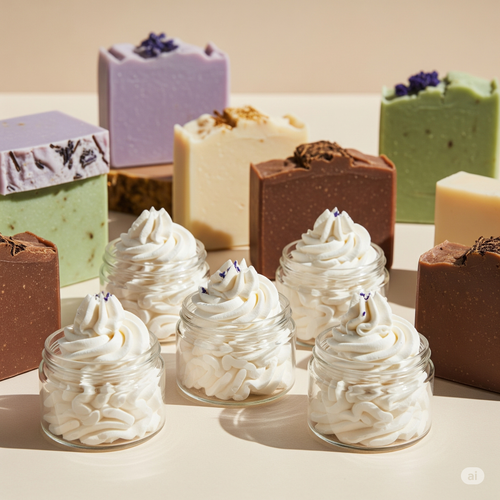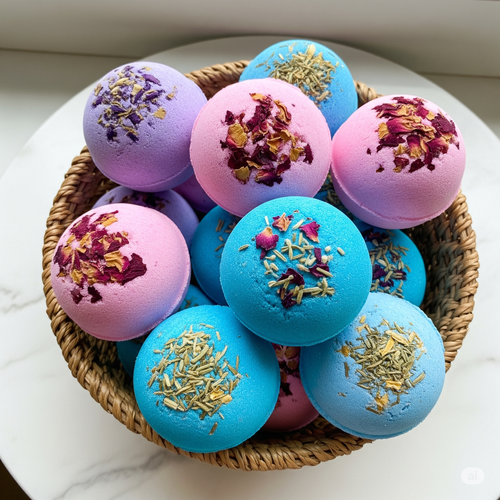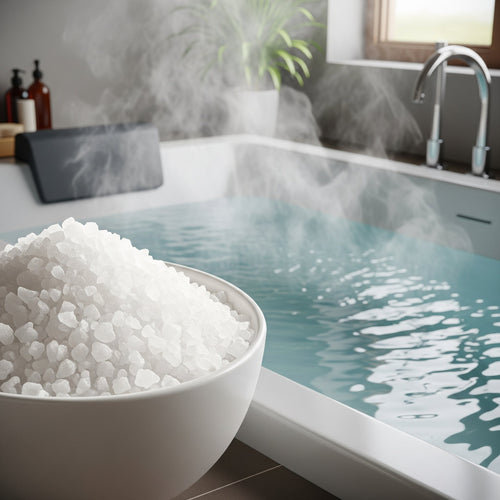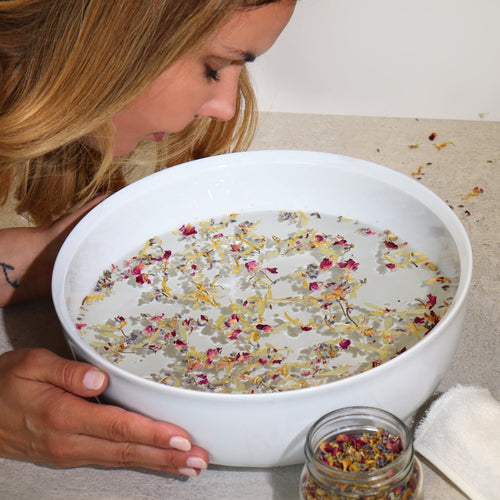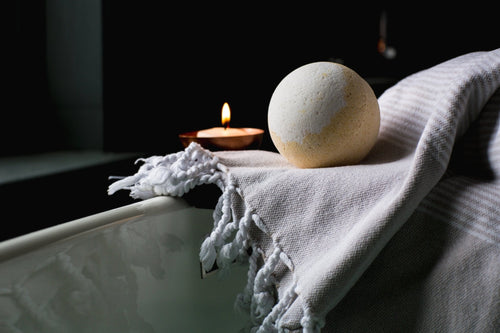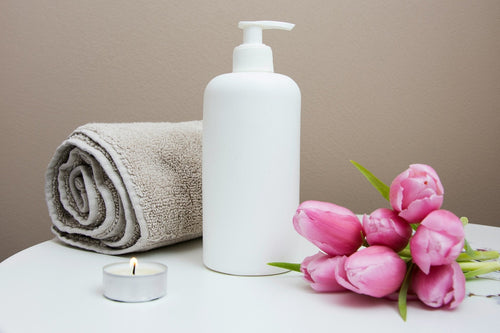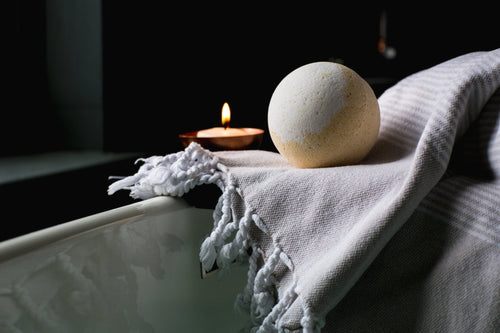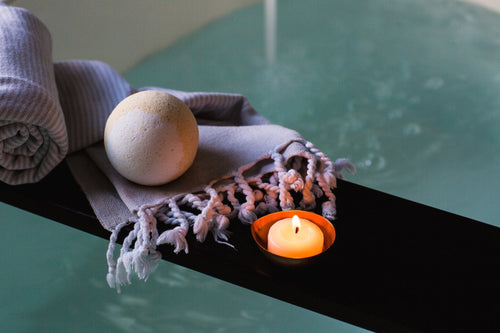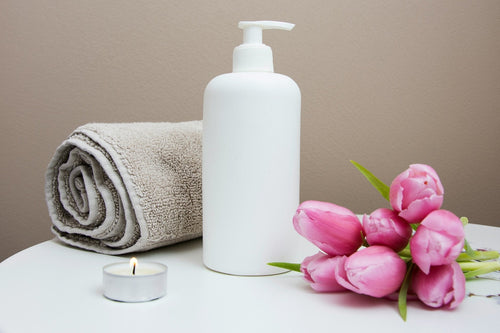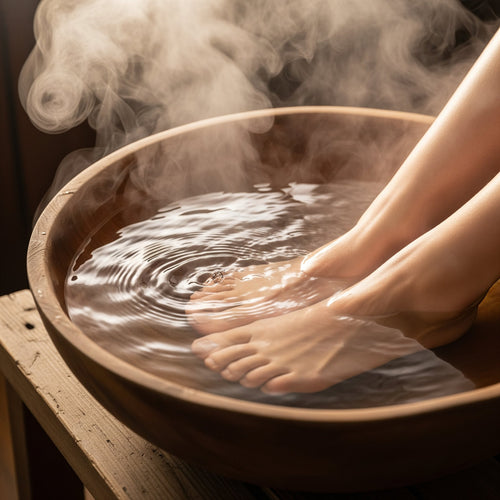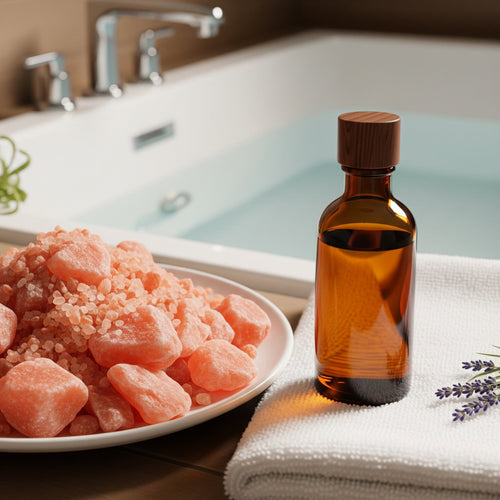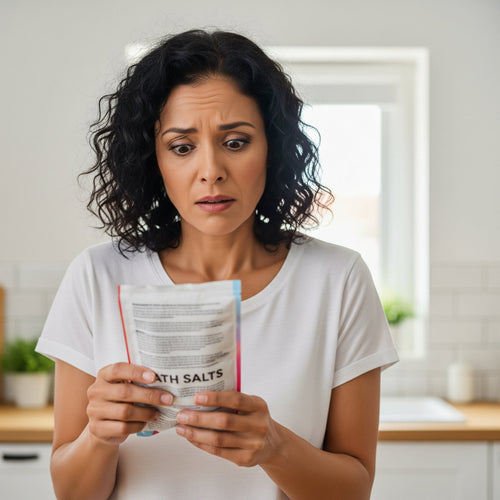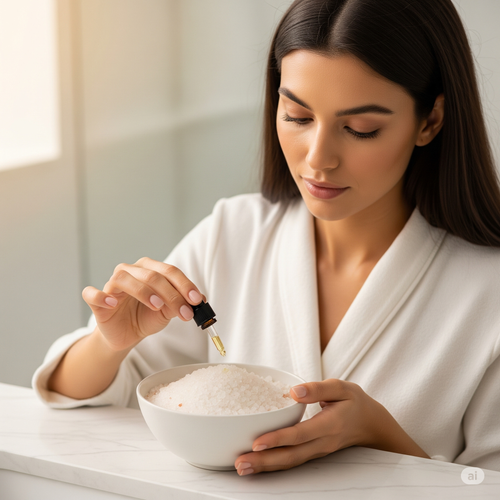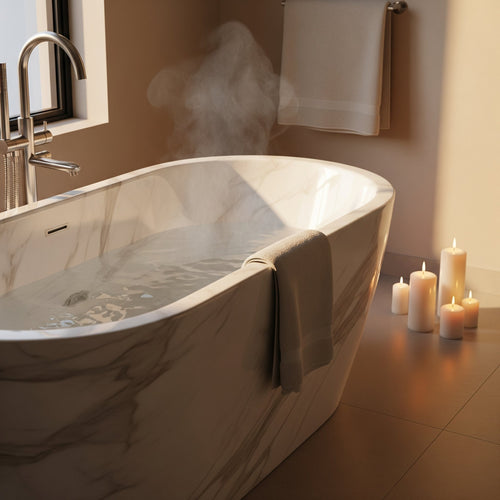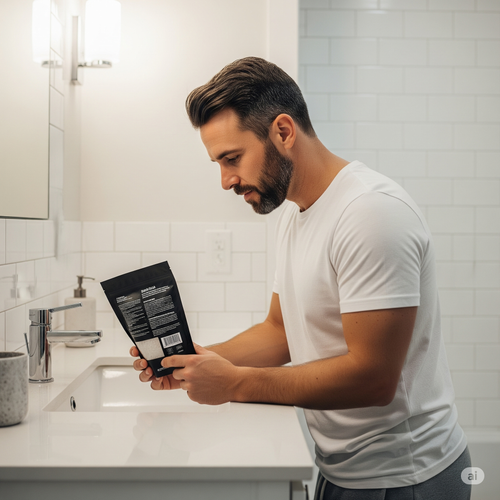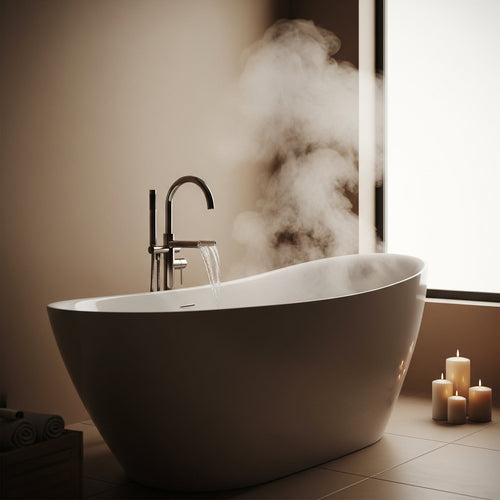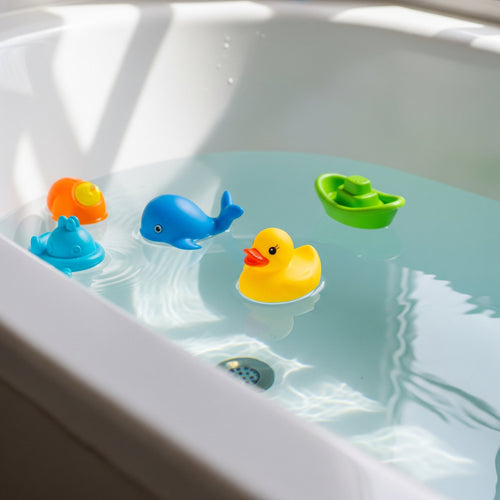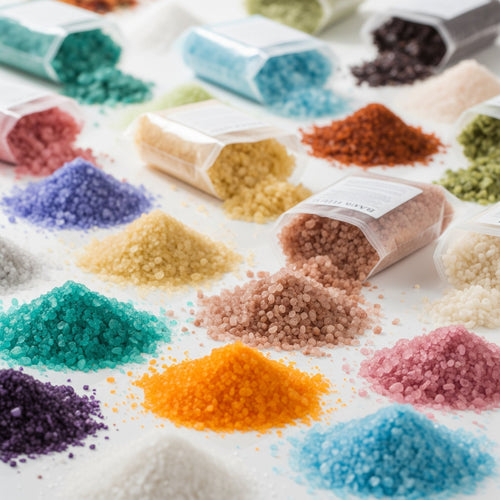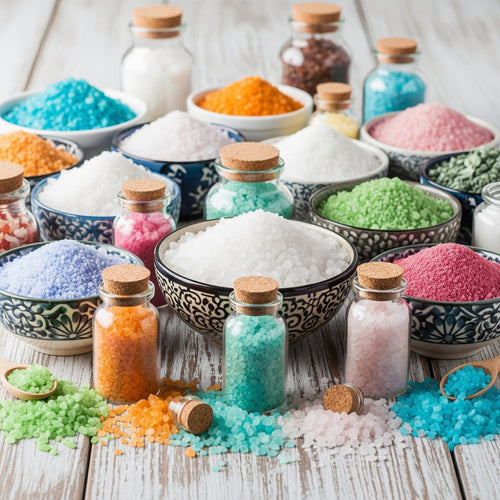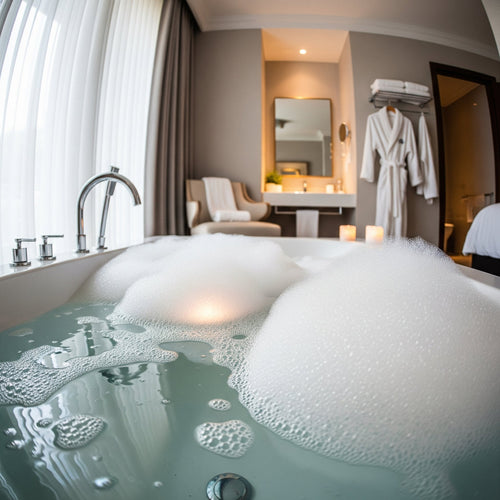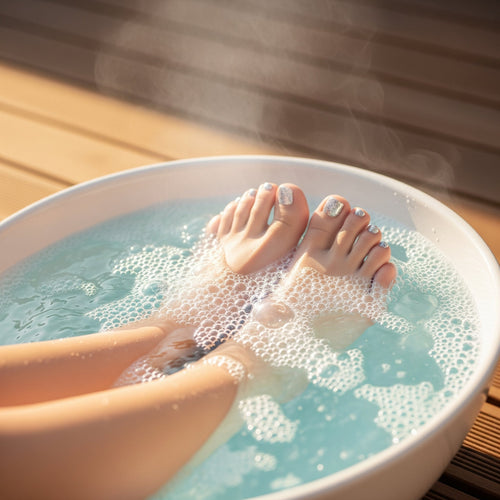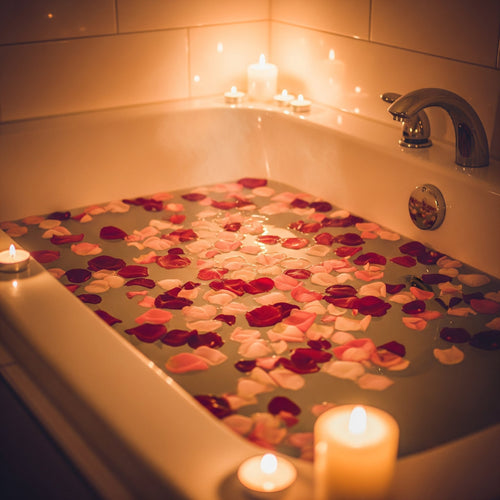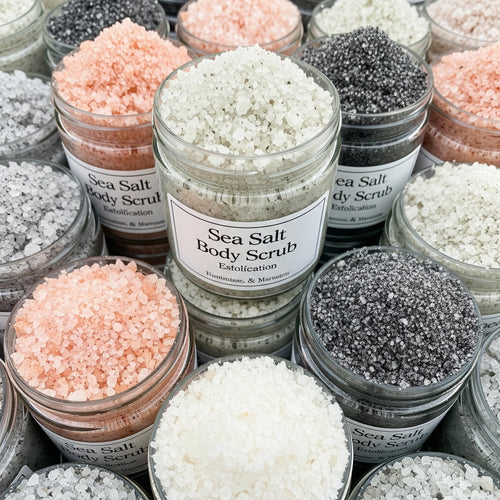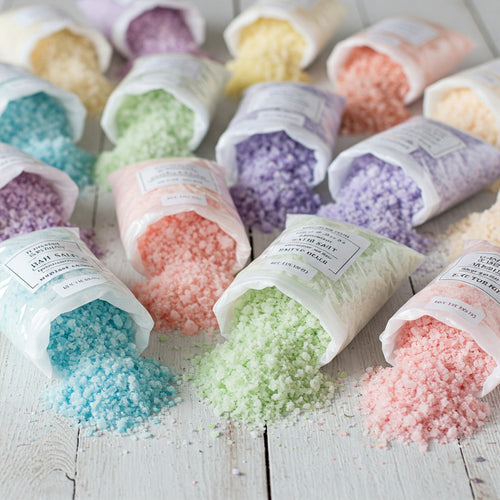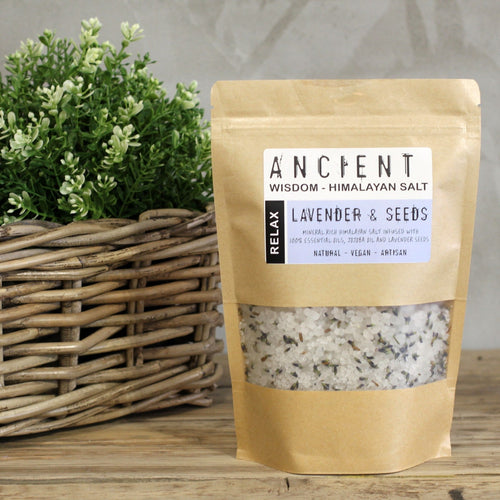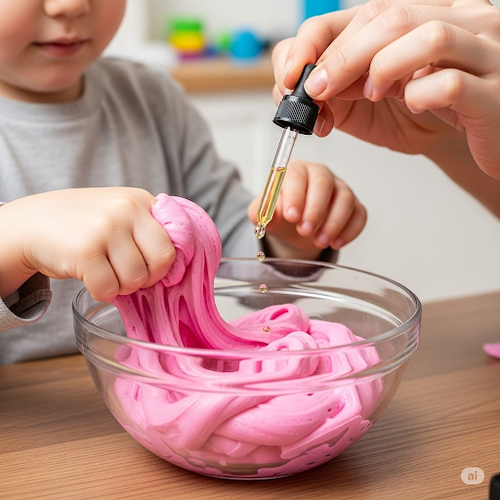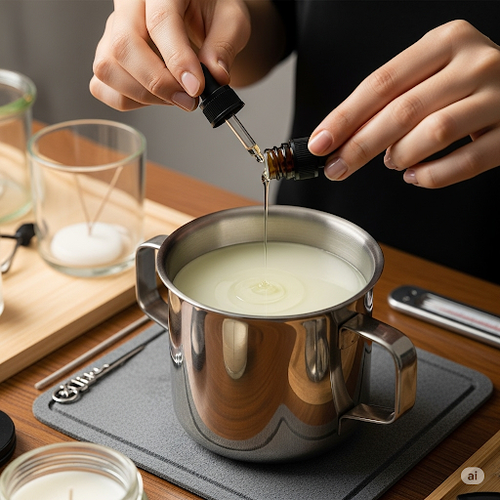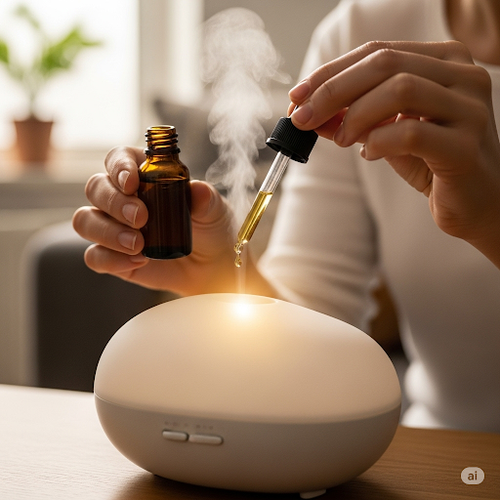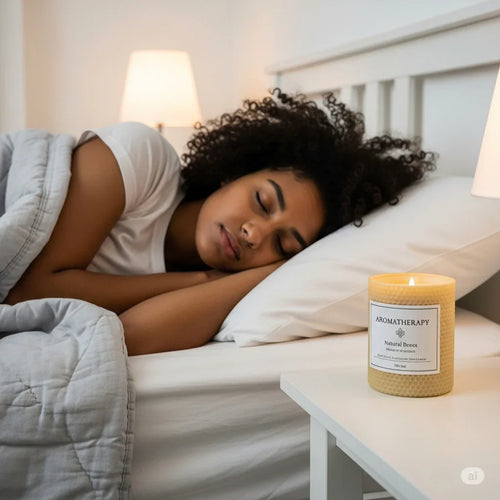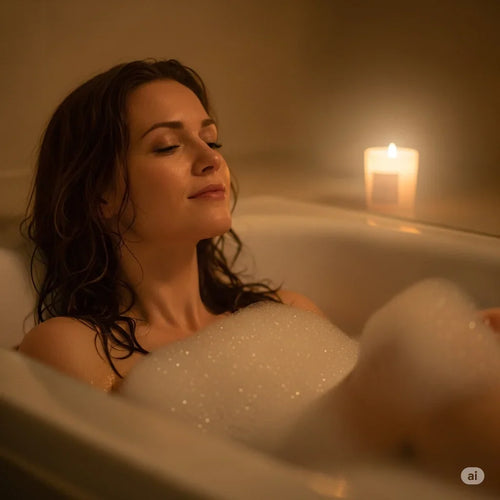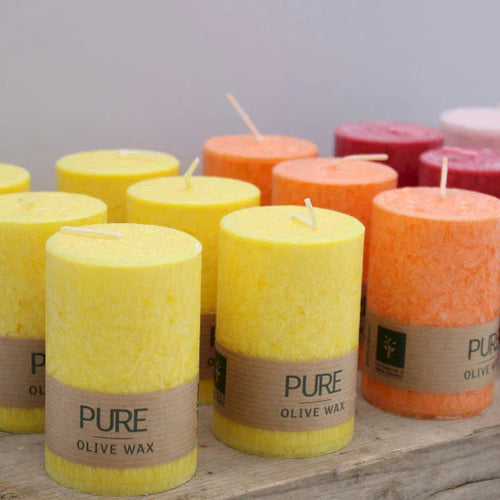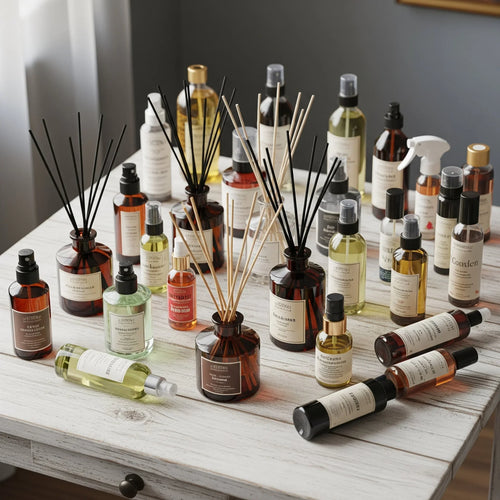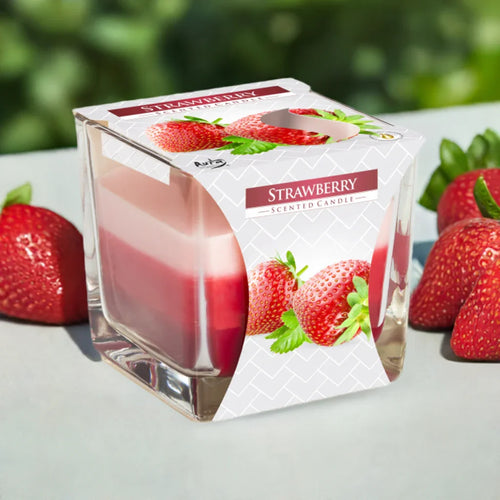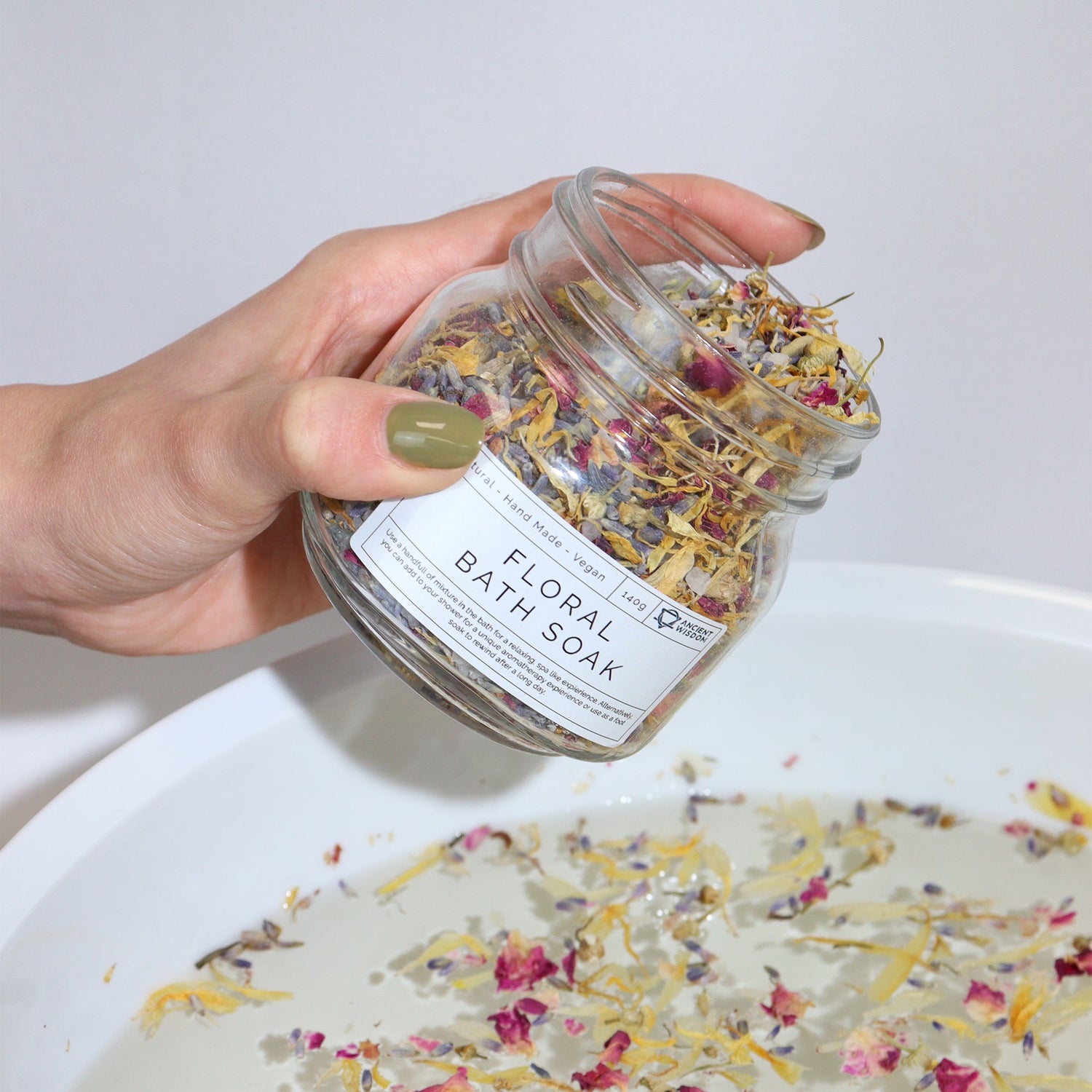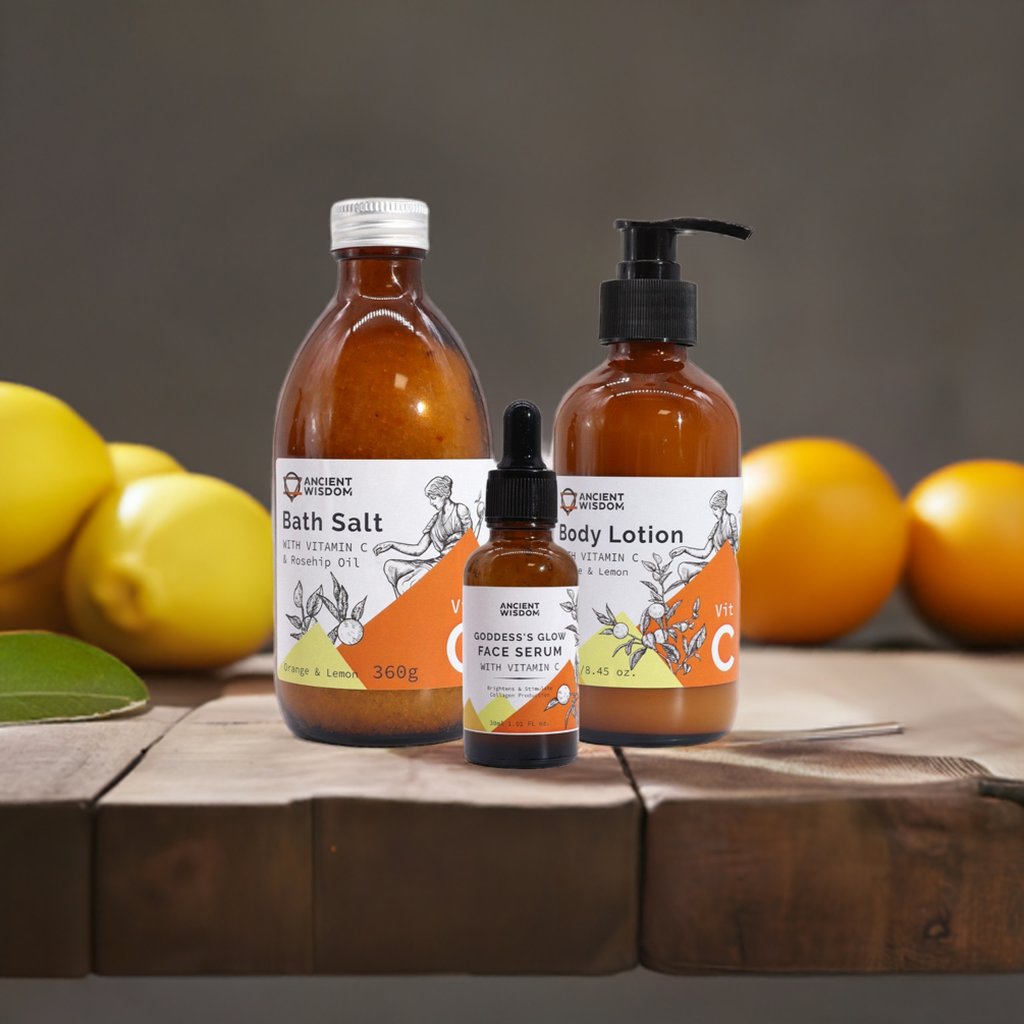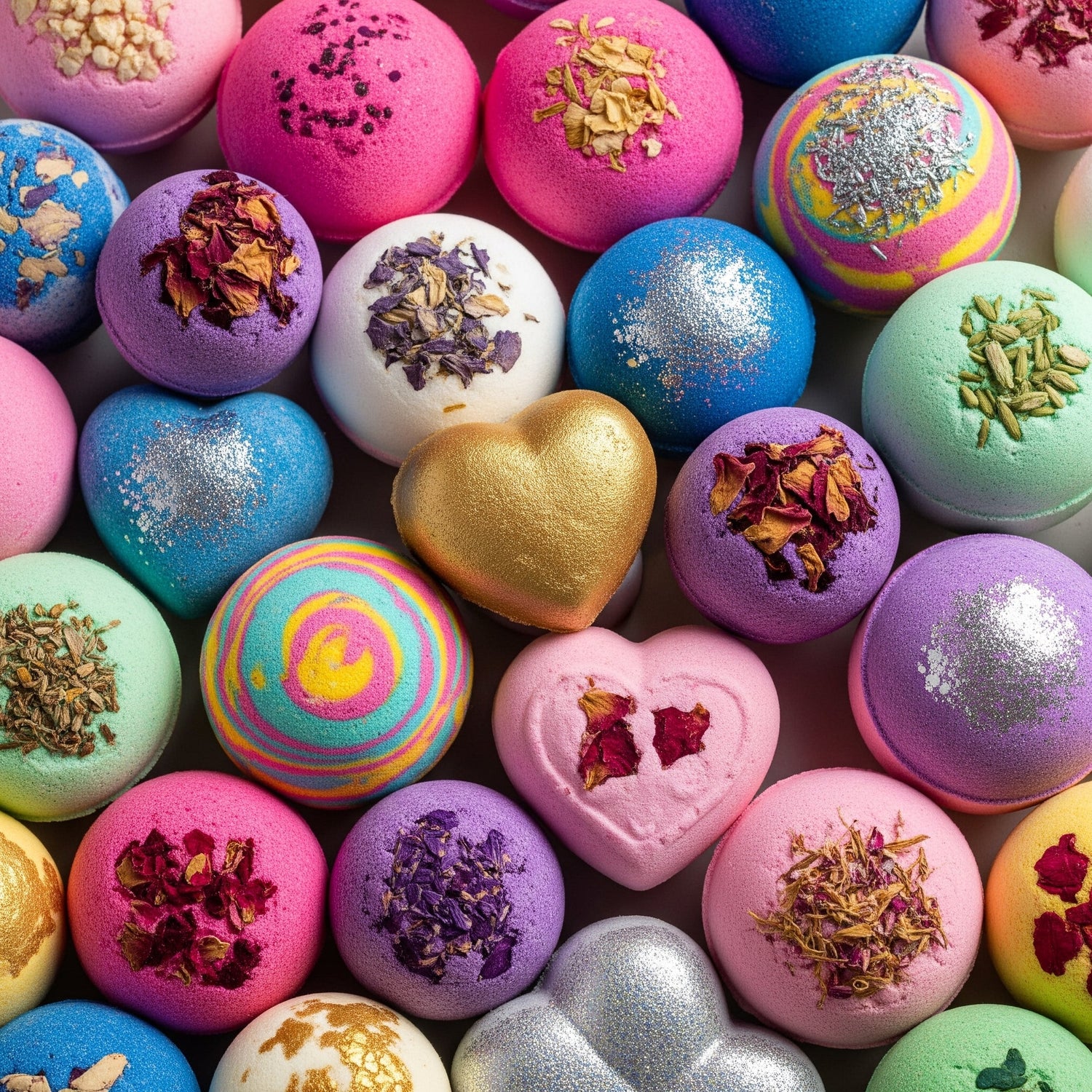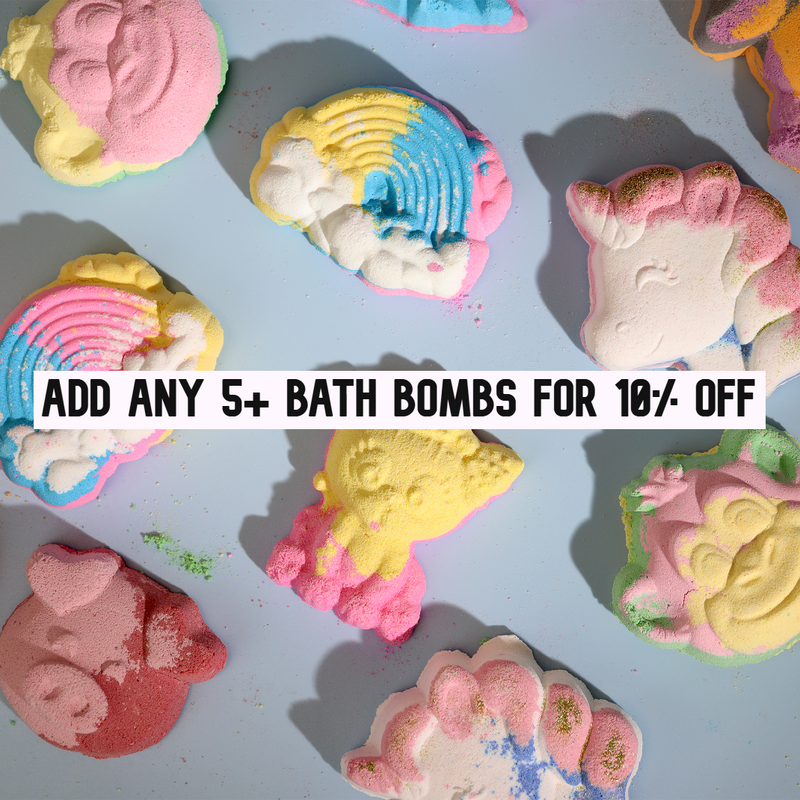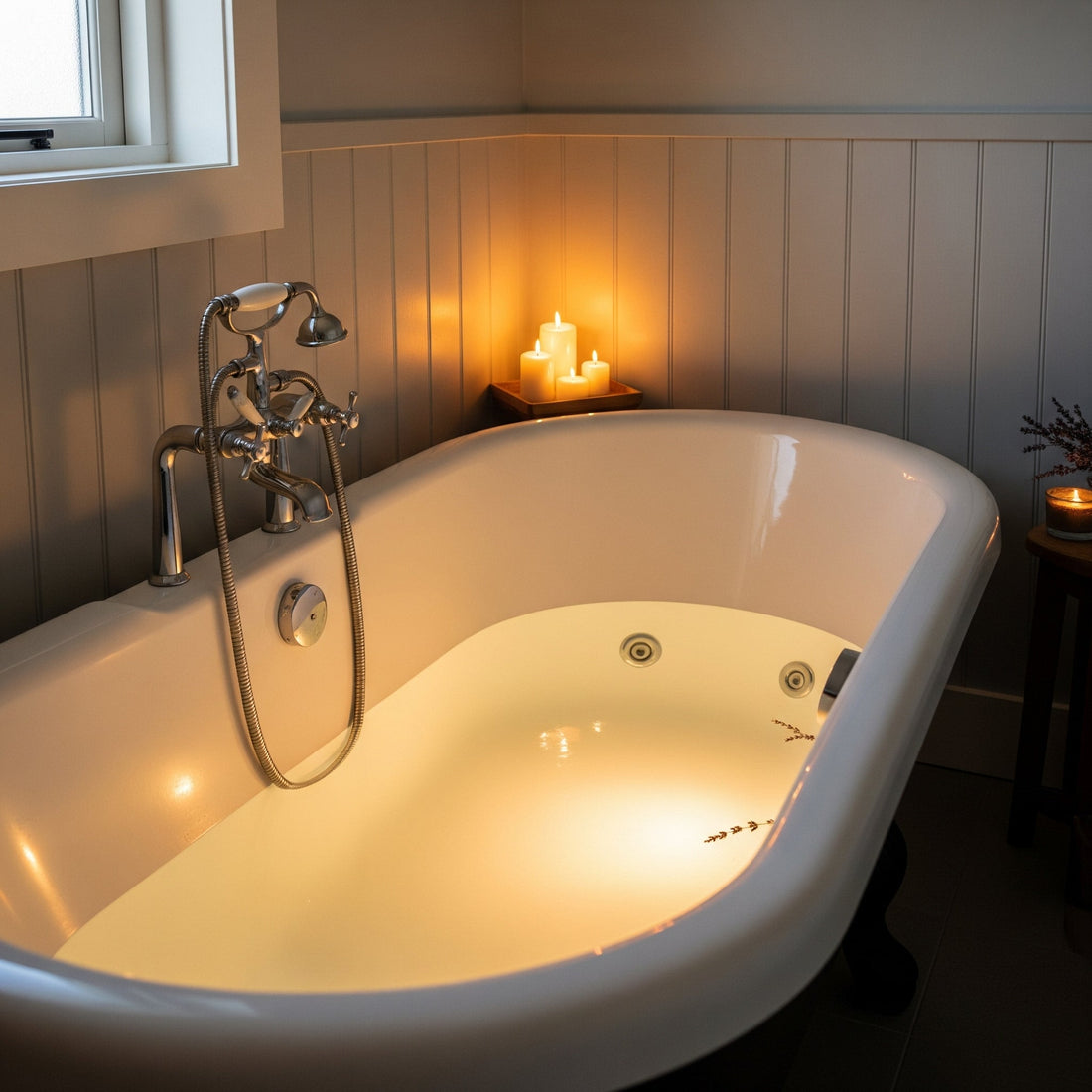
What Happens If You Don't Rinse Off After Using Bath Salts?
We've all been there. You've just enjoyed a glorious, soul-soothing bath, perhaps infused with luxurious Epsom salts, fragrant Dead Sea salts, or some beautifully scented Himalayan pink salts. Your muscles are relaxed, your mind is at peace, and the last thing you want to do is hop back into a shower and rinse all that goodness away. "Surely," you think, "my skin will just absorb all these beneficial minerals, right?" Well, not exactly.
While the allure of letting those bath salt benefits linger is strong, skipping the post-bath rinse can lead to some surprisingly uncomfortable and even irritating outcomes. Let's dive into the nitty-gritty of what really happens when you don't rinse off bath salts.
The Immediate Aftermath: Stickiness and Residual Grittiness
Picture this: you've dried off, feeling wonderfully pruney, and as you go about your evening, you start to notice a slightly sticky or tacky sensation on your skin. That's the first clue. When you dissolve bath salts in water, they create a highly concentrated solution of various minerals and compounds. As the water evaporates from your skin, these minerals don't just magically disappear; they're left behind.
🤏 Sticky Situation: This stickiness is essentially a thin film of salt residue. Think of it like drying out saltwater – you're left with salt crystals.
✨ Gritty Reality: Depending on the type of bath salt you used, you might even feel a subtle grittiness or powdery residue, especially in areas where skin folds or clothing rubs. This can be particularly noticeable with larger crystal salts or those with added botanicals that haven't fully dissolved.
The Dry-Out Dilemma: Why Your Skin Might Feel Tighter (and Thirstier!)
This is where the real plot twist comes in. Many people assume bath salts are inherently moisturizing because they feel so relaxing. However, leaving them on your skin can actually have the opposite effect – it can lead to dehydration.
💧 Drawing Out Moisture: Salt is a desiccant, meaning it attracts and draws out moisture. While a short soak allows for some mineral absorption, prolonged contact with undiluted salt residue on your skin can pull water from your skin cells.
🌬️ Tight and Itchy: This can leave your skin feeling uncomfortably tight, dry, and even itchy. If you've ever spent too long in the ocean and not rinsed off, you'll recognize that parched feeling. The same principle applies here, especially if you have naturally dry or sensitive skin.
🌡️ Exacerbating Skin Conditions: For those with existing skin conditions like eczema or psoriasis, leaving bath salts unrinsed can be particularly problematic. The dryness and irritation can worsen symptoms, leading to redness, flaking, and increased discomfort.
The Clogged Pore Conundrum: A Recipe for Breakouts
Beyond just dryness, neglecting to rinse off bath salts can also contribute to skin congestion and breakouts, especially for those prone to acne.
🧼 Residue Build-Up: The mineral residue, combined with any oils, fragrances, or even botanicals present in your bath salts, can sit on the surface of your skin.
🚫 Blocked Pores: This layer can act like a physical barrier, trapping dead skin cells and sebum, leading to clogged pores. Clogged pores are the perfect breeding ground for bacteria, which can then lead to unwelcome blemishes and breakouts.
🧴 Product Penetration Problems: Furthermore, if you apply lotions or moisturizers over unrinsed bath salt residue, these products won't be able to penetrate your skin effectively, diminishing their benefits.
The Fabric Factor: What Happens to Your Clothes and Towels?
It's not just your skin that feels the impact! Your beloved bath towels and even your clothing can suffer the consequences of unrinsed bath salt residue.
🧺 Stiff Towels: That fluffy towel you just used to dry off might feel a bit stiffer and less absorbent after a few uses if it's repeatedly coming into contact with salt residue.
👕 Fabric Wear and Tear: Over time, the abrasive nature of salt crystals can contribute to accelerated wear and tear on fabrics, potentially affecting their softness and longevity.
✨ Residue on Bedding: If you hop into bed immediately after your bath without rinsing, you might even transfer some of that residue onto your sheets and bedding, leading to a less-than-fresh sleeping environment.
The Smart Soak: Best Practices for Maximum Benefit and Happy Skin
So, what's the takeaway? Enjoy your bath salts! They offer incredible benefits for relaxation, muscle soreness, and even skin health. The key is to incorporate a quick, simple rinse into your post-bath routine.
🚿 A Quick Rinse is Key: After your blissful soak, drain the tub and stand under a cool or lukewarm shower for just a minute or two. This is enough to gently wash away any lingering salt residue without stripping your skin.
🧴 Moisturize Immediately: Once you've rinsed and gently patted your skin dry, apply a good quality moisturizer. This will lock in hydration and further enhance the benefits of your bath.
🛀 Choose Quality Salts: Consider the ingredients in your bath salts. Opt for high-quality, pure salts with minimal additives if you have sensitive skin.
⏱️ Mind Your Soak Time: While a long soak can be wonderful, remember that very prolonged exposure to high concentrations of bath salts might be more drying. A 20-30 minute soak is often ample.
In conclusion, while the idea of letting those beneficial minerals "soak in" indefinitely is appealing, the reality is that rinsing off after a bath salt soak is a crucial step for truly healthy, happy skin. It prevents dryness, irritation, and potential breakouts, ensuring your bath experience leaves you feeling refreshed and genuinely renewed, inside and out. So go ahead, enjoy that relaxing soak, but don't forget the quick rinse – your skin will thank you for it!

